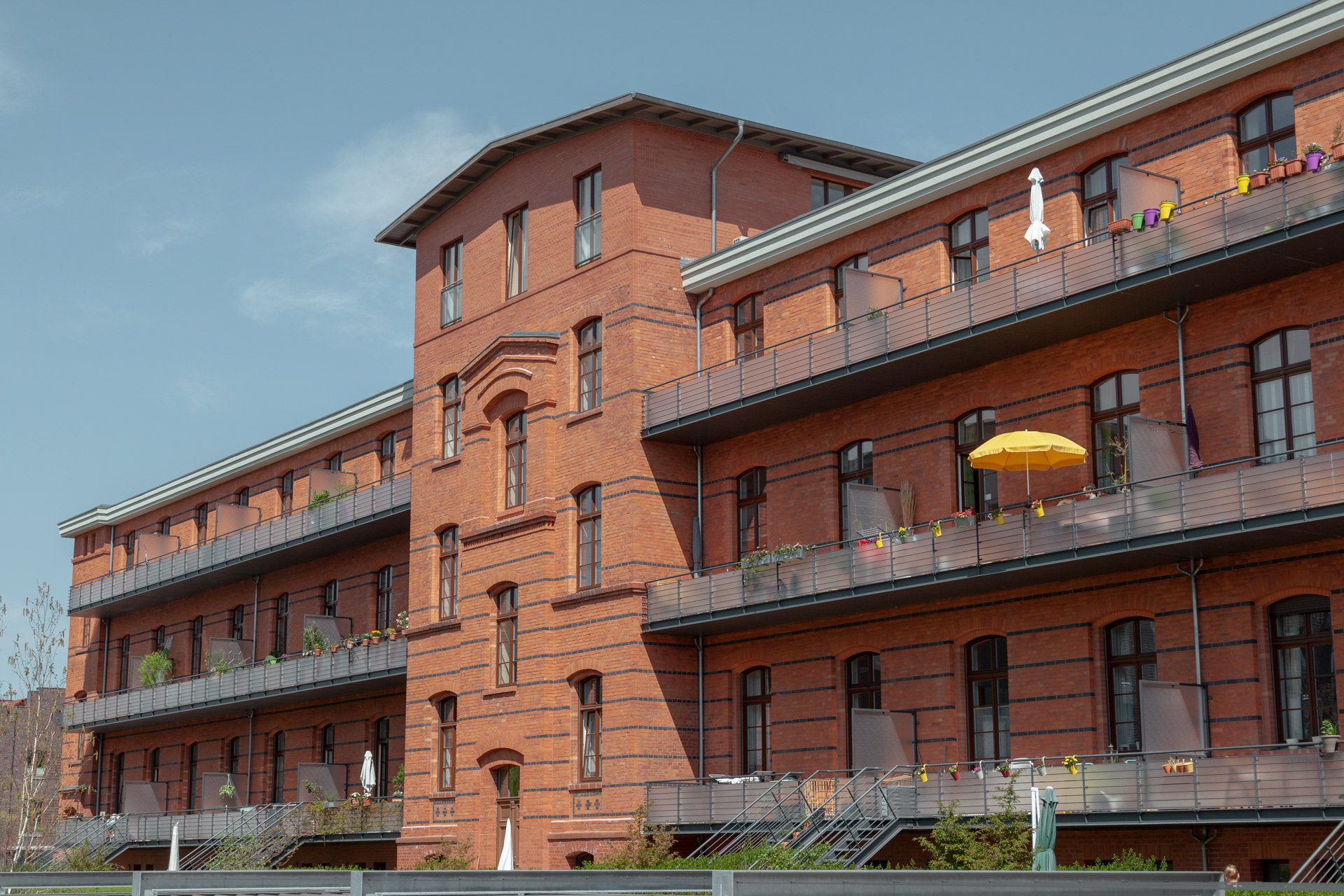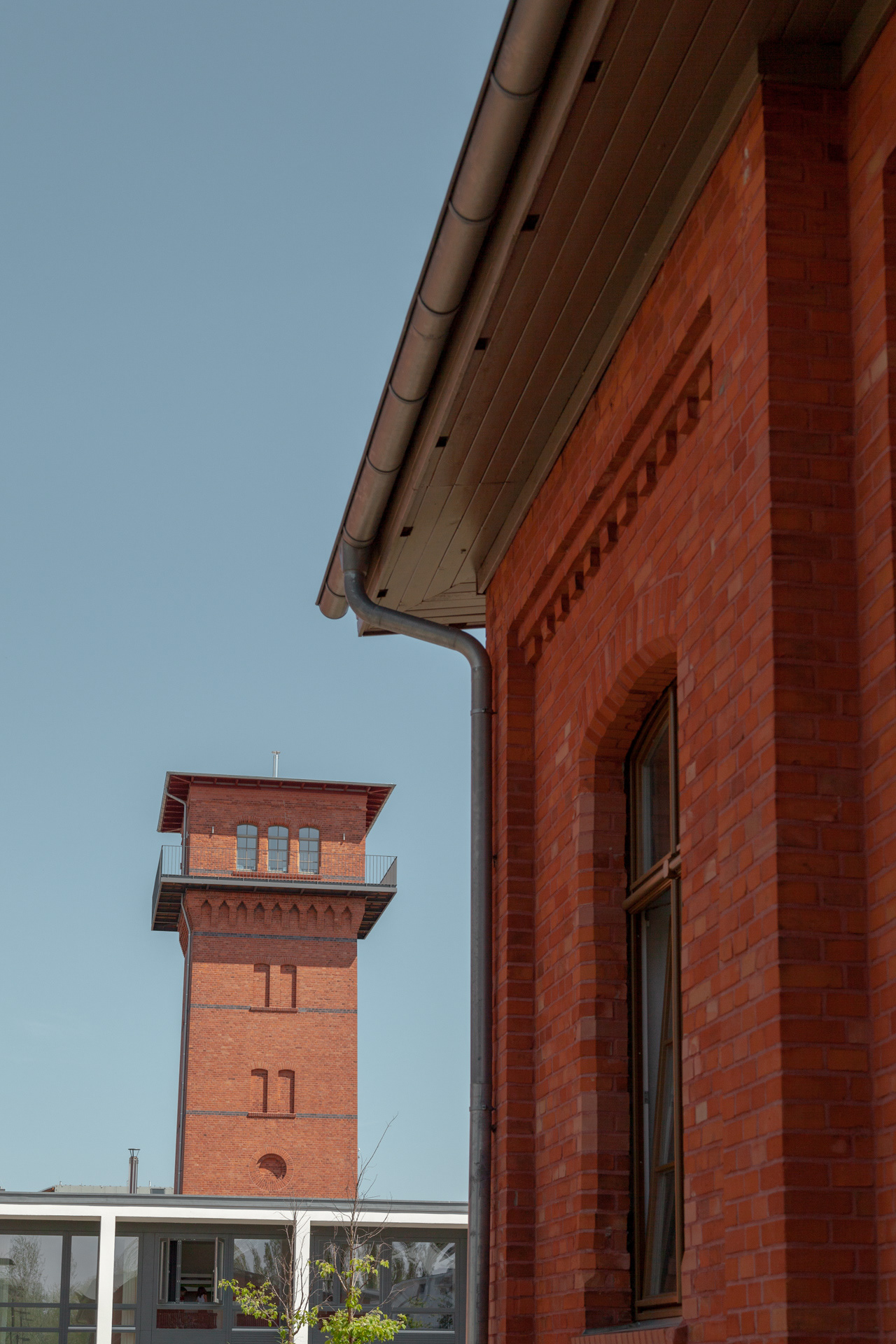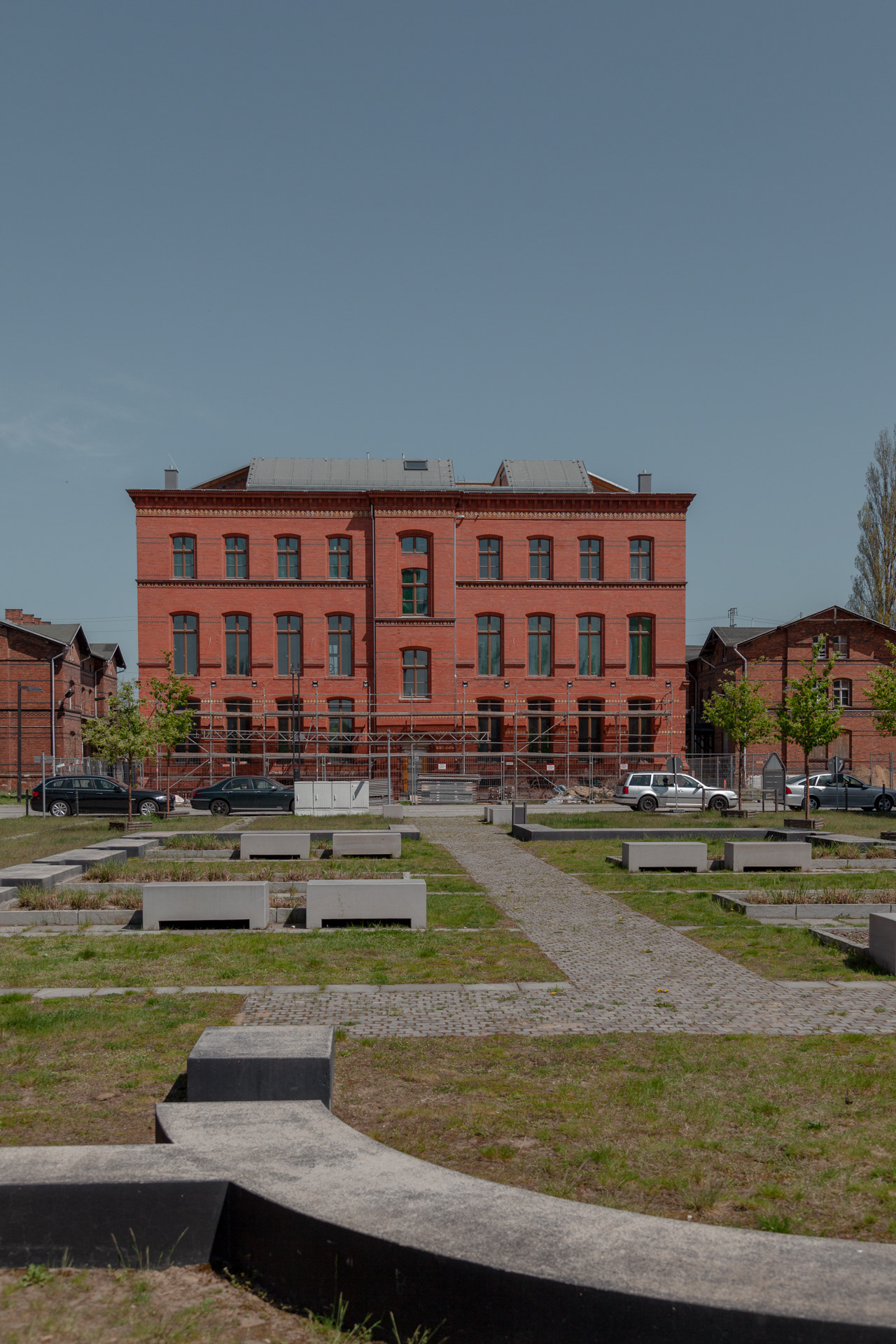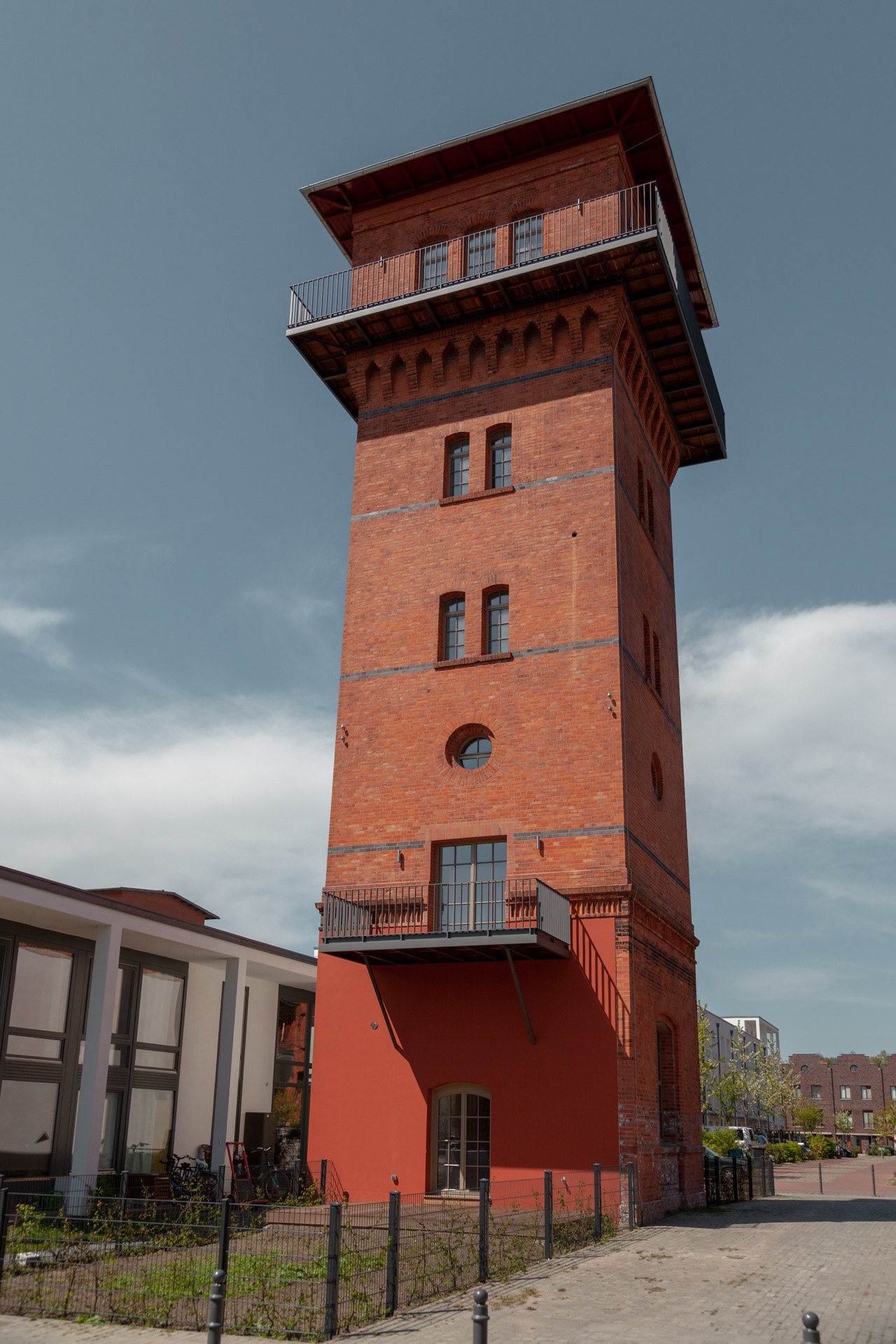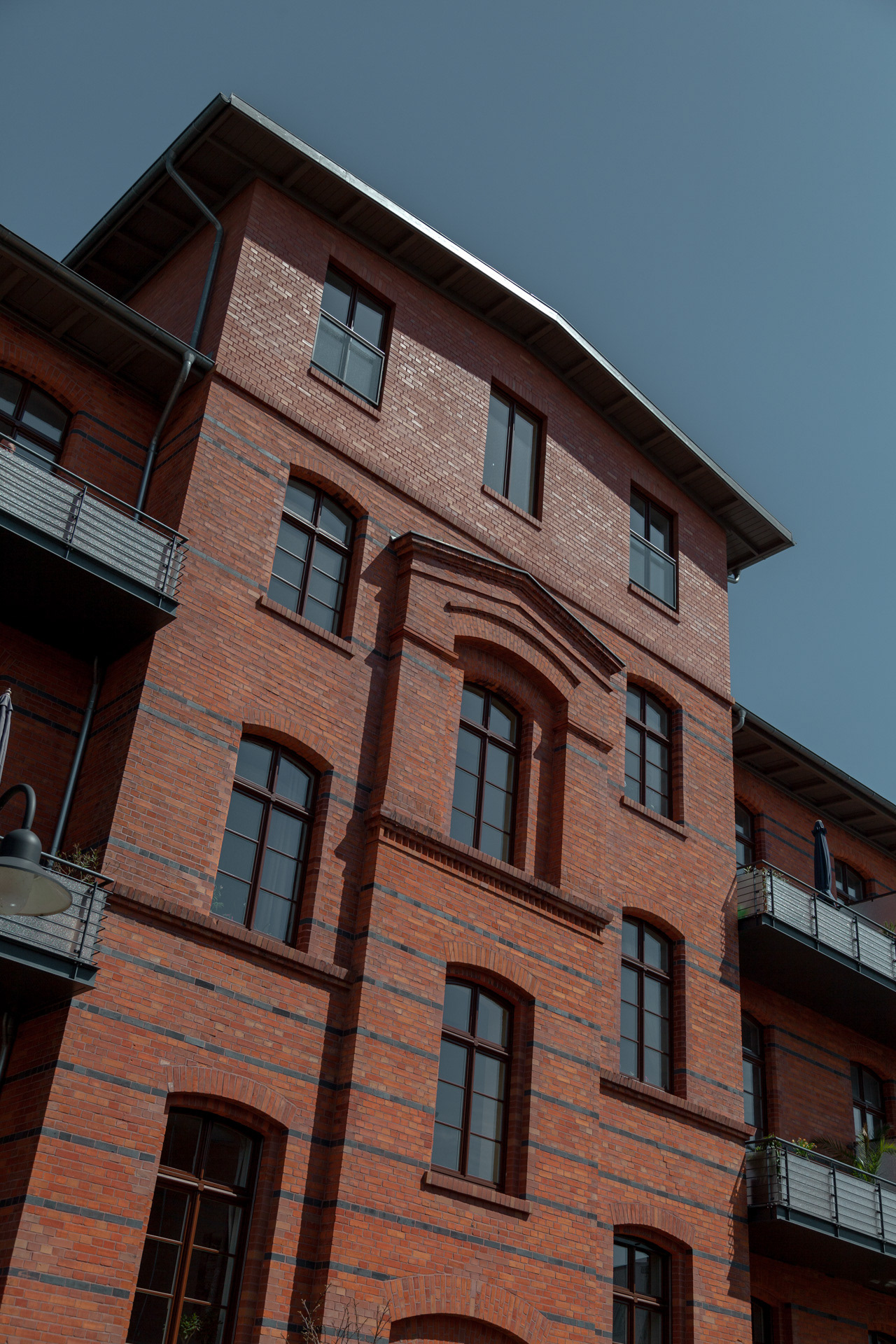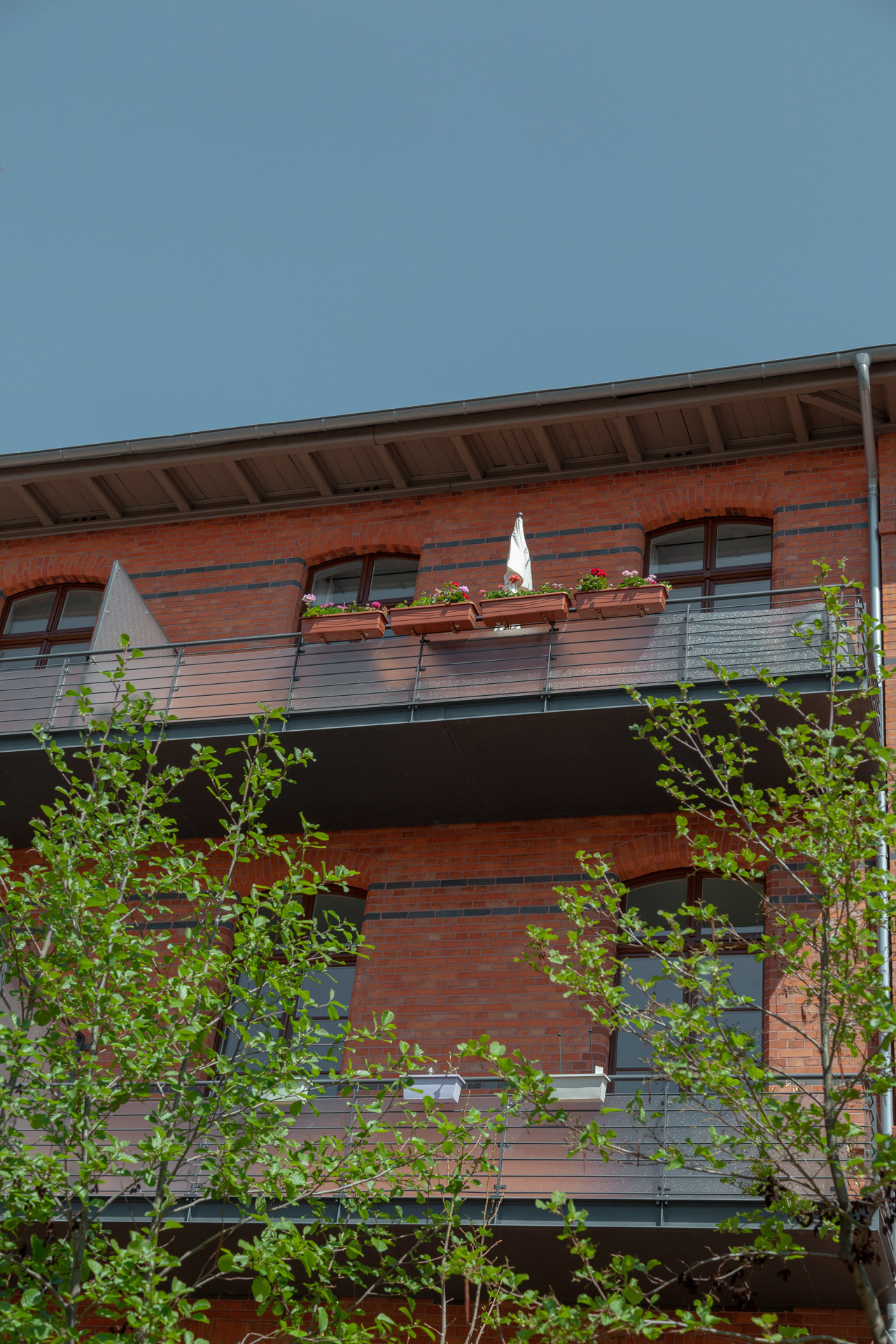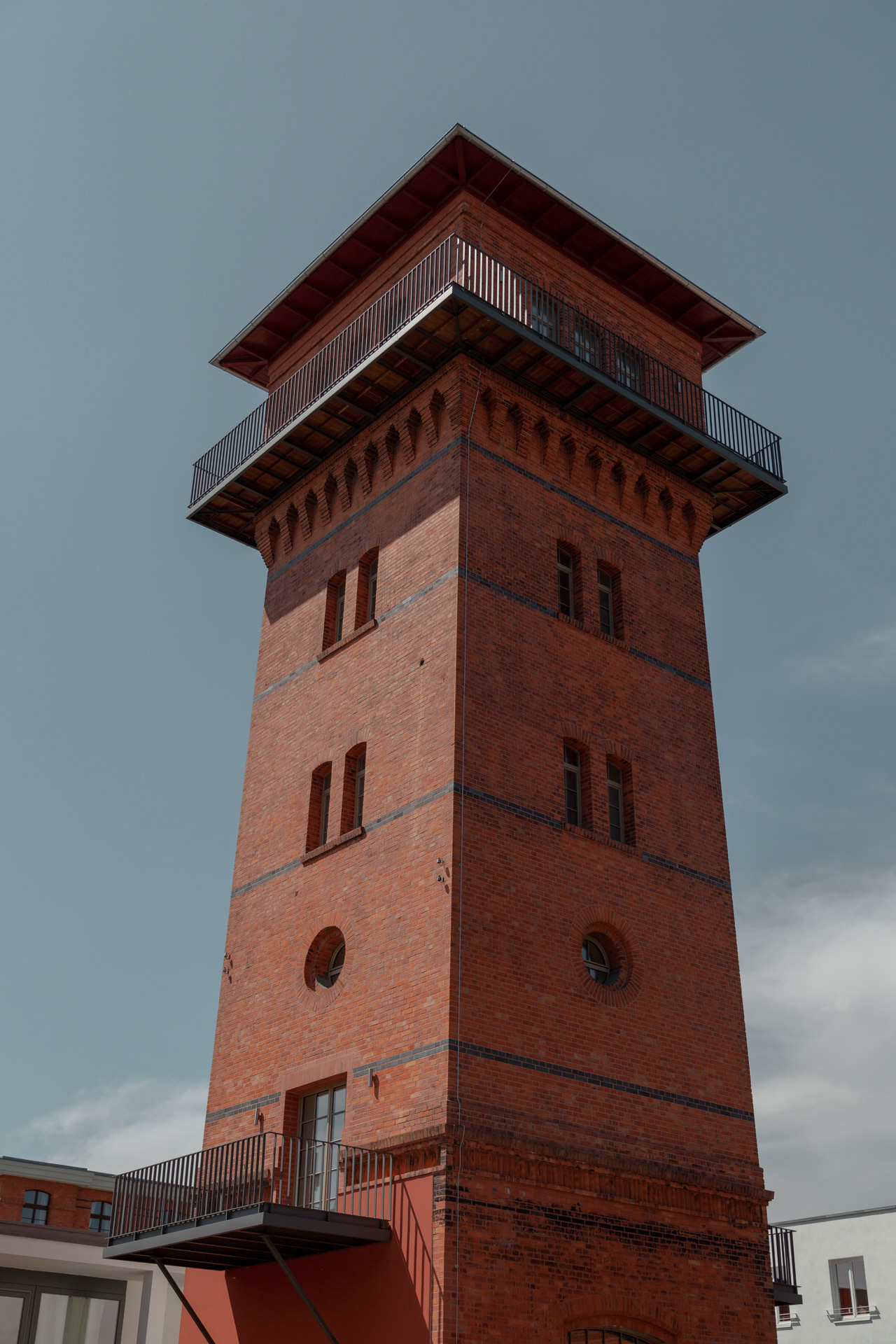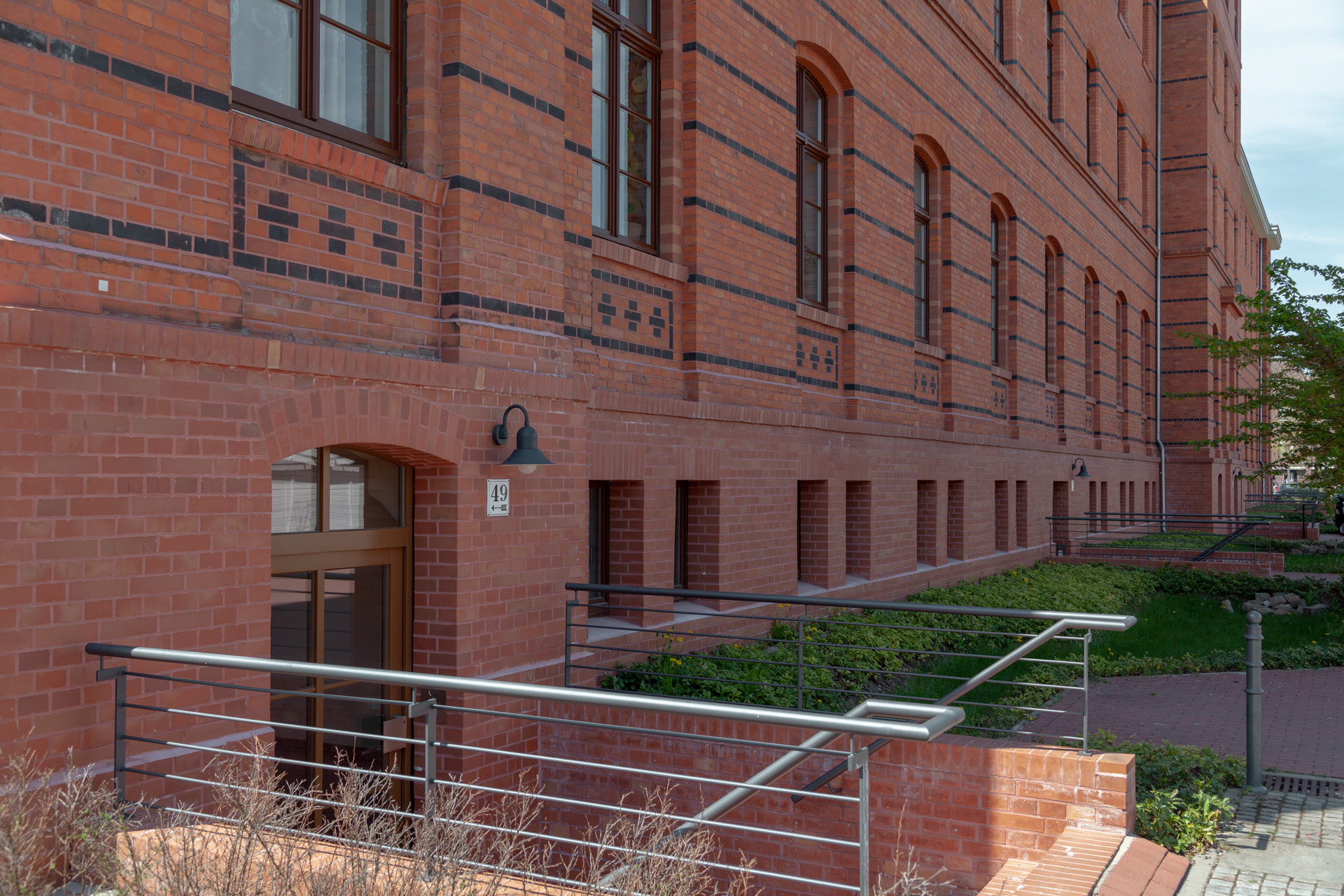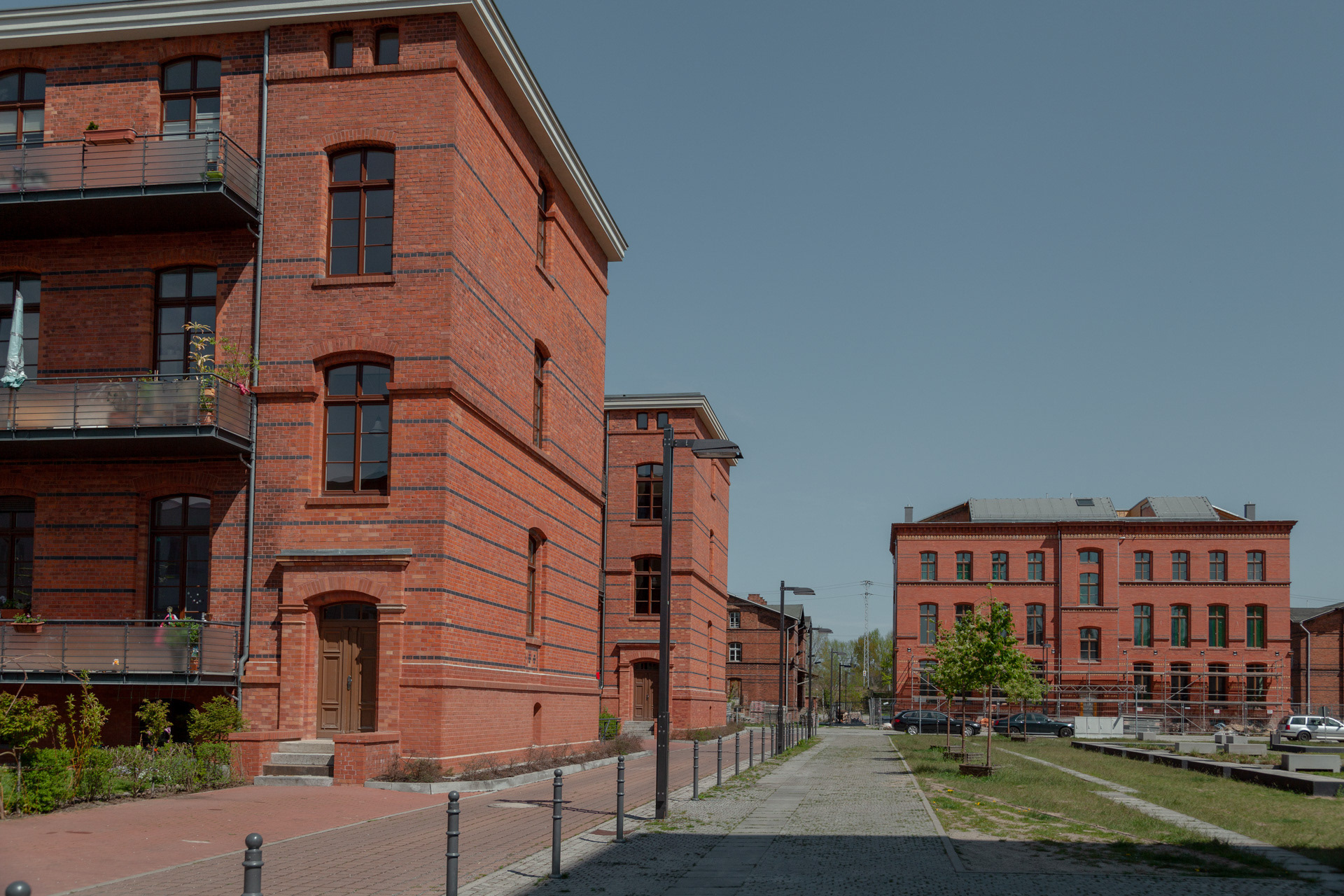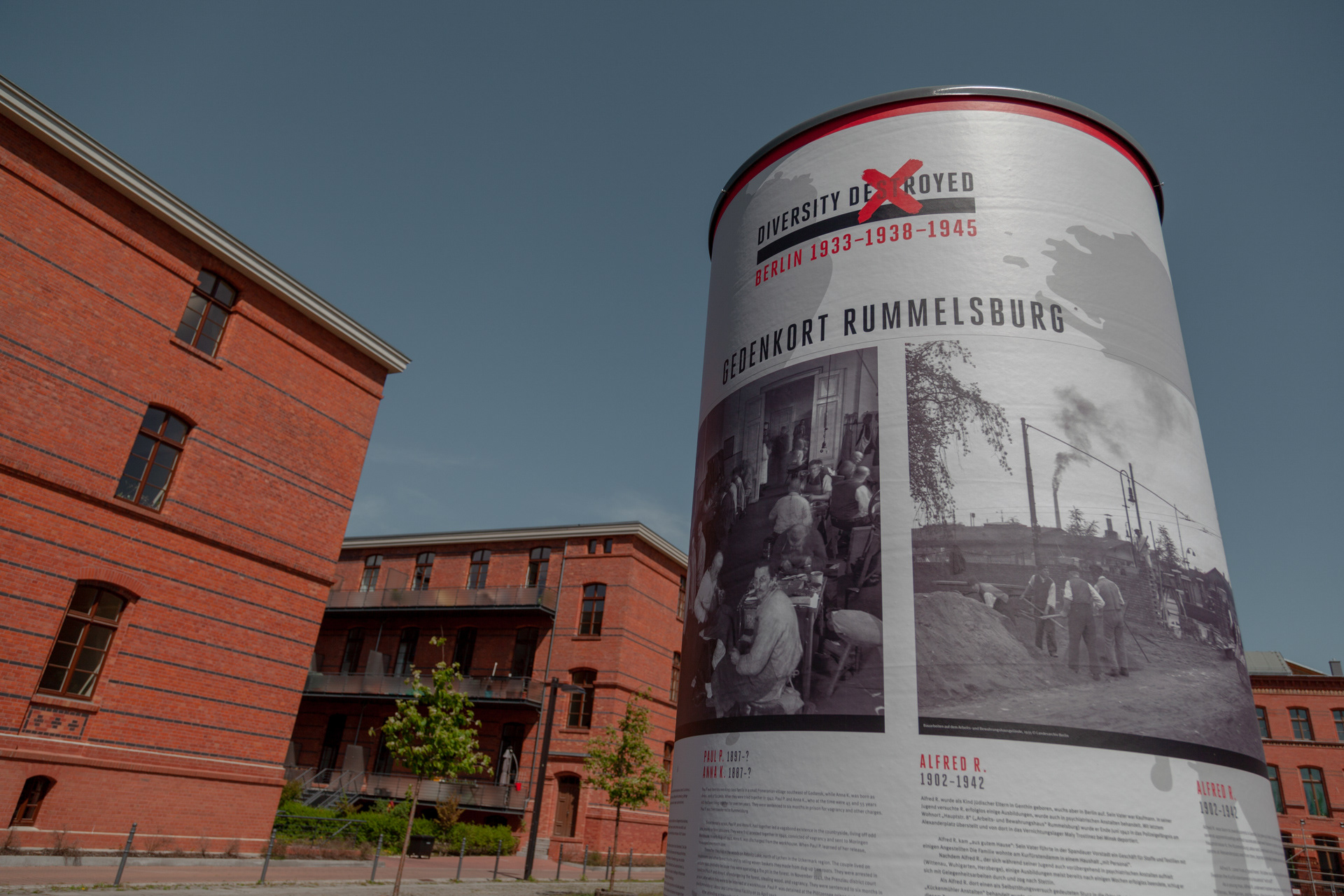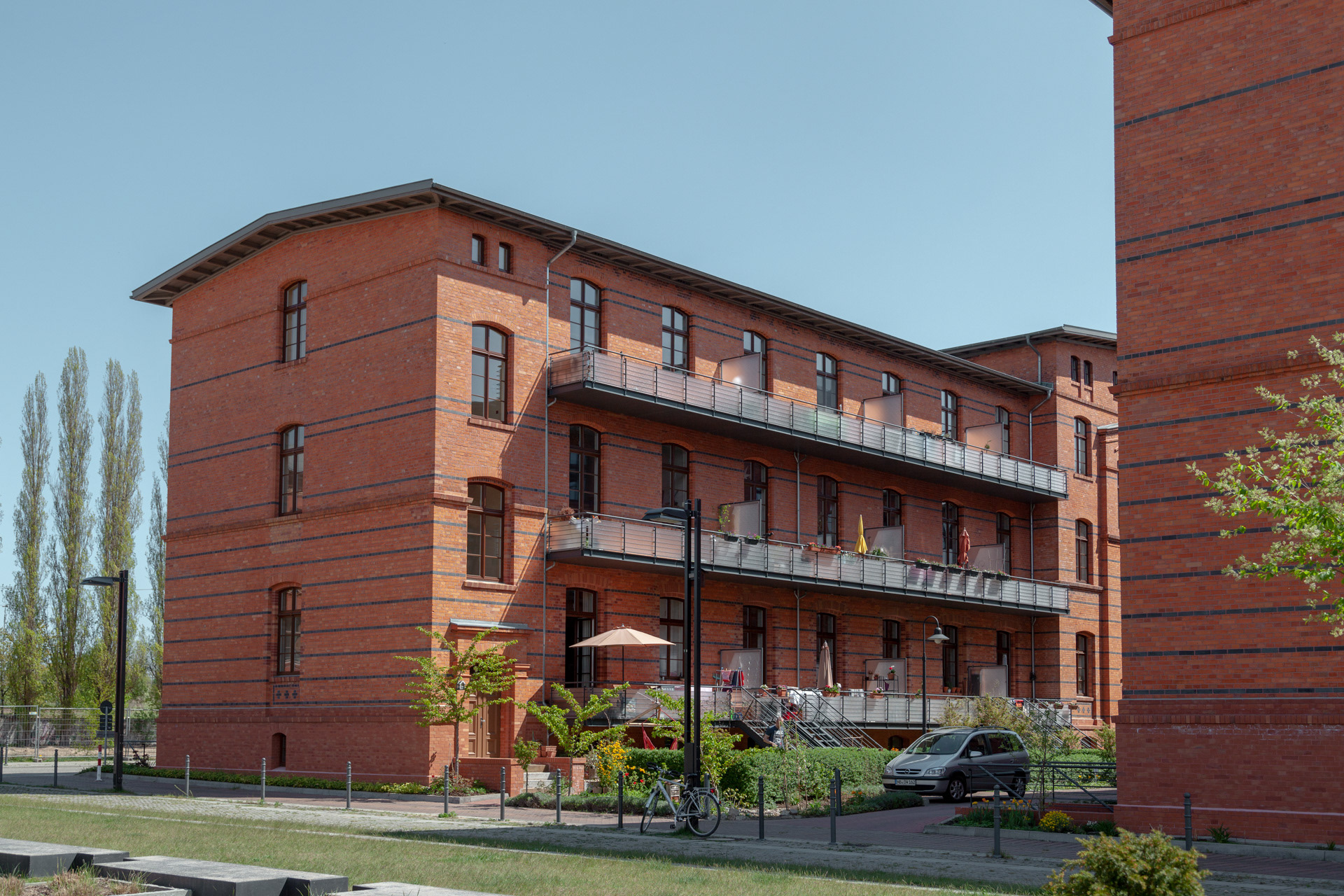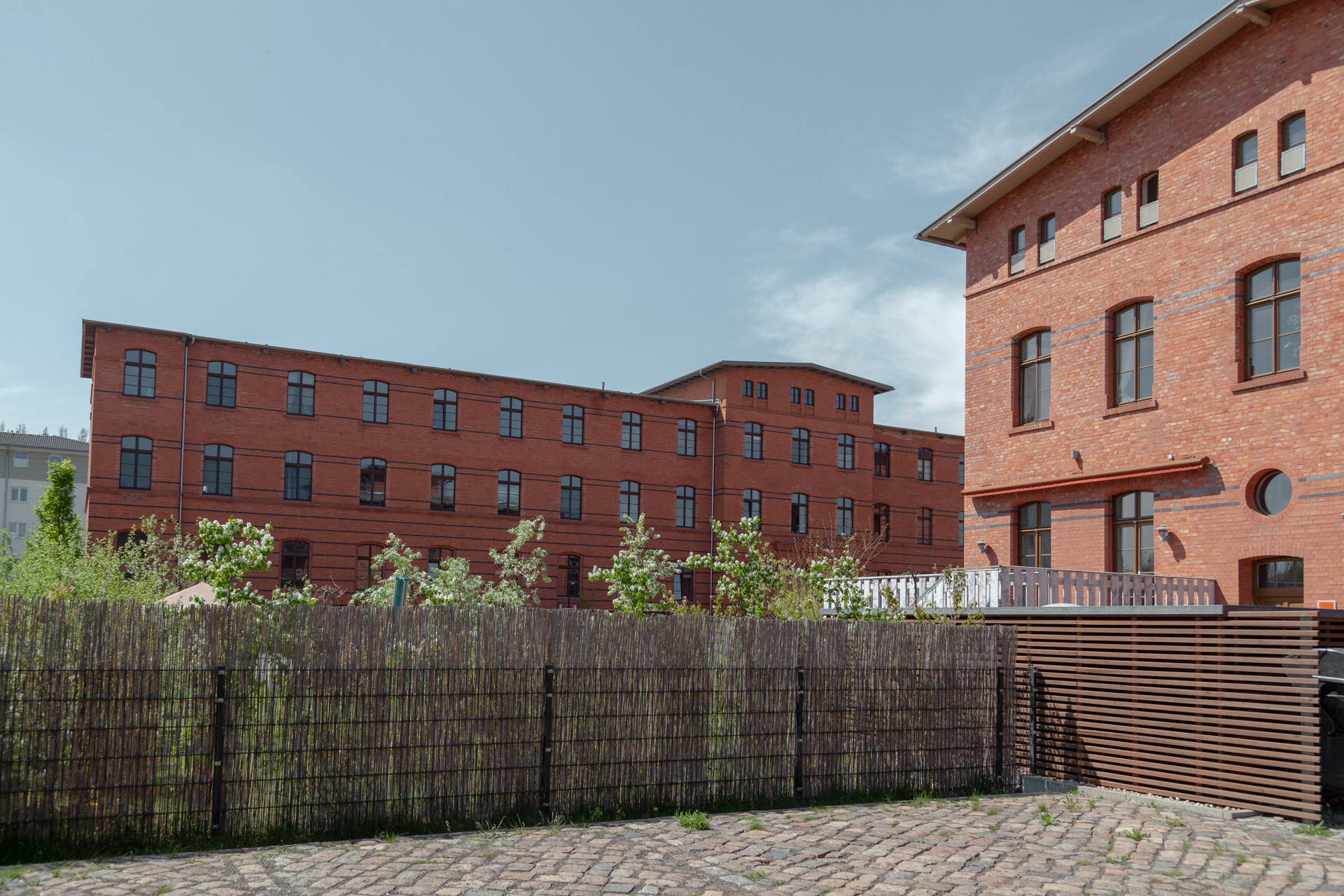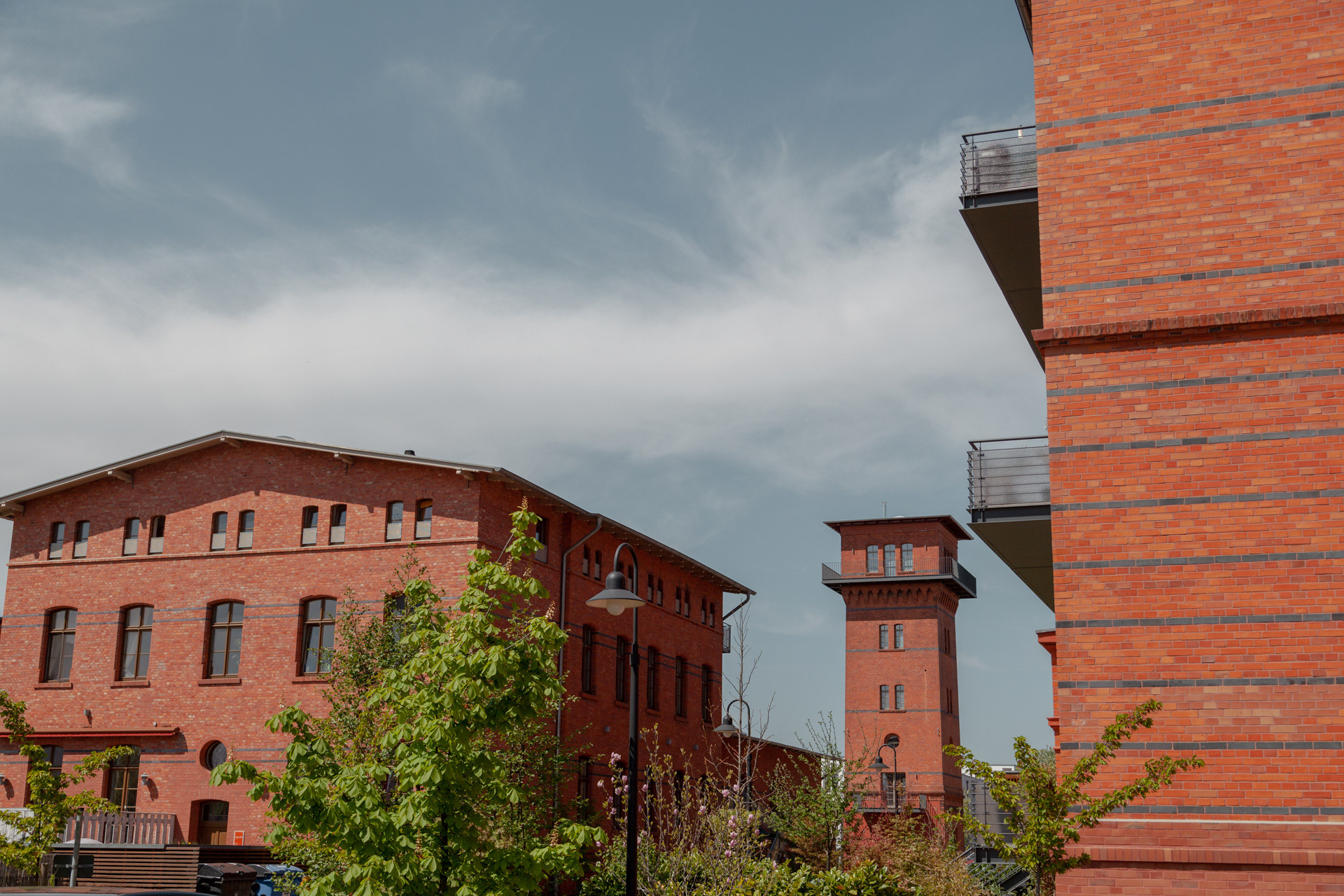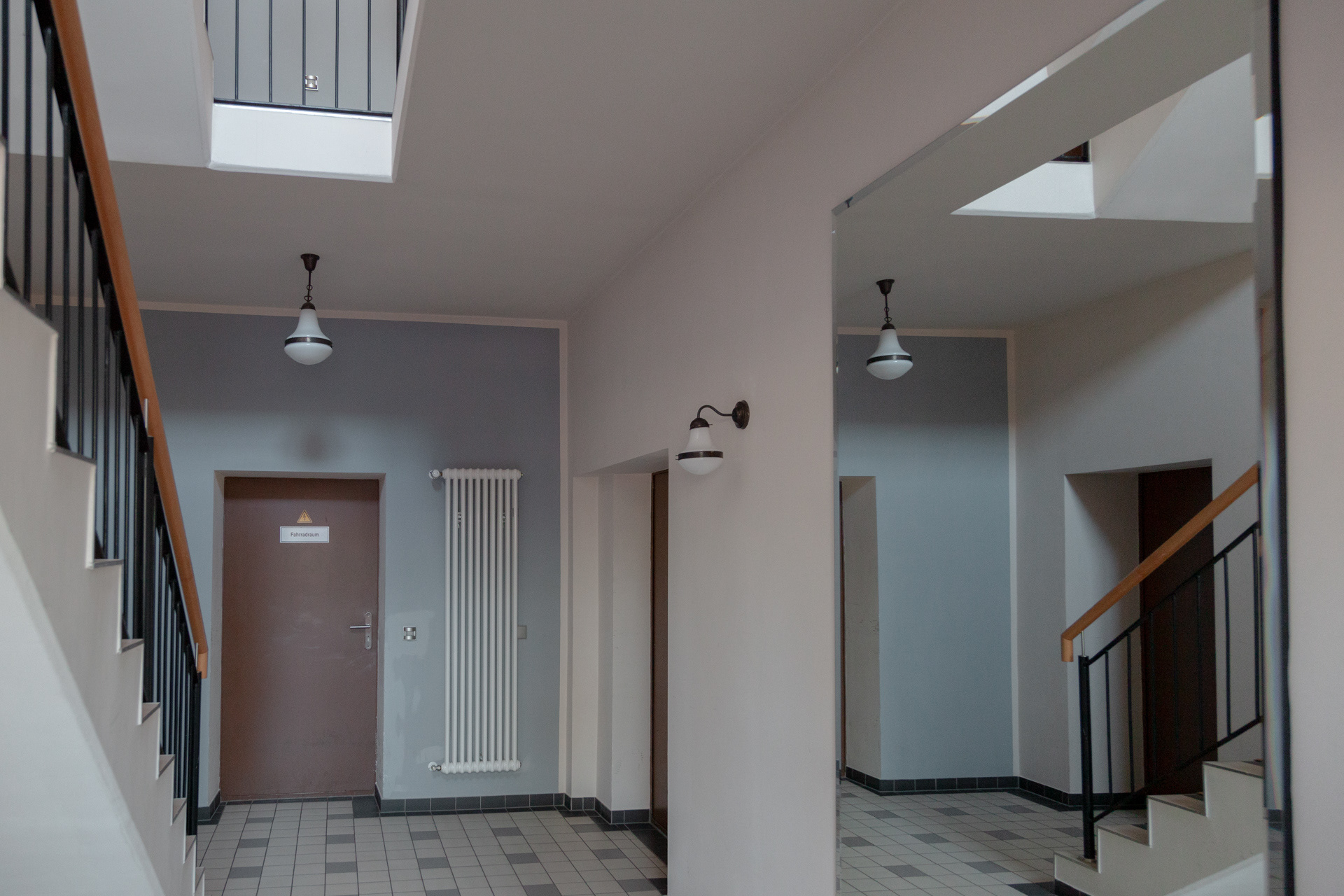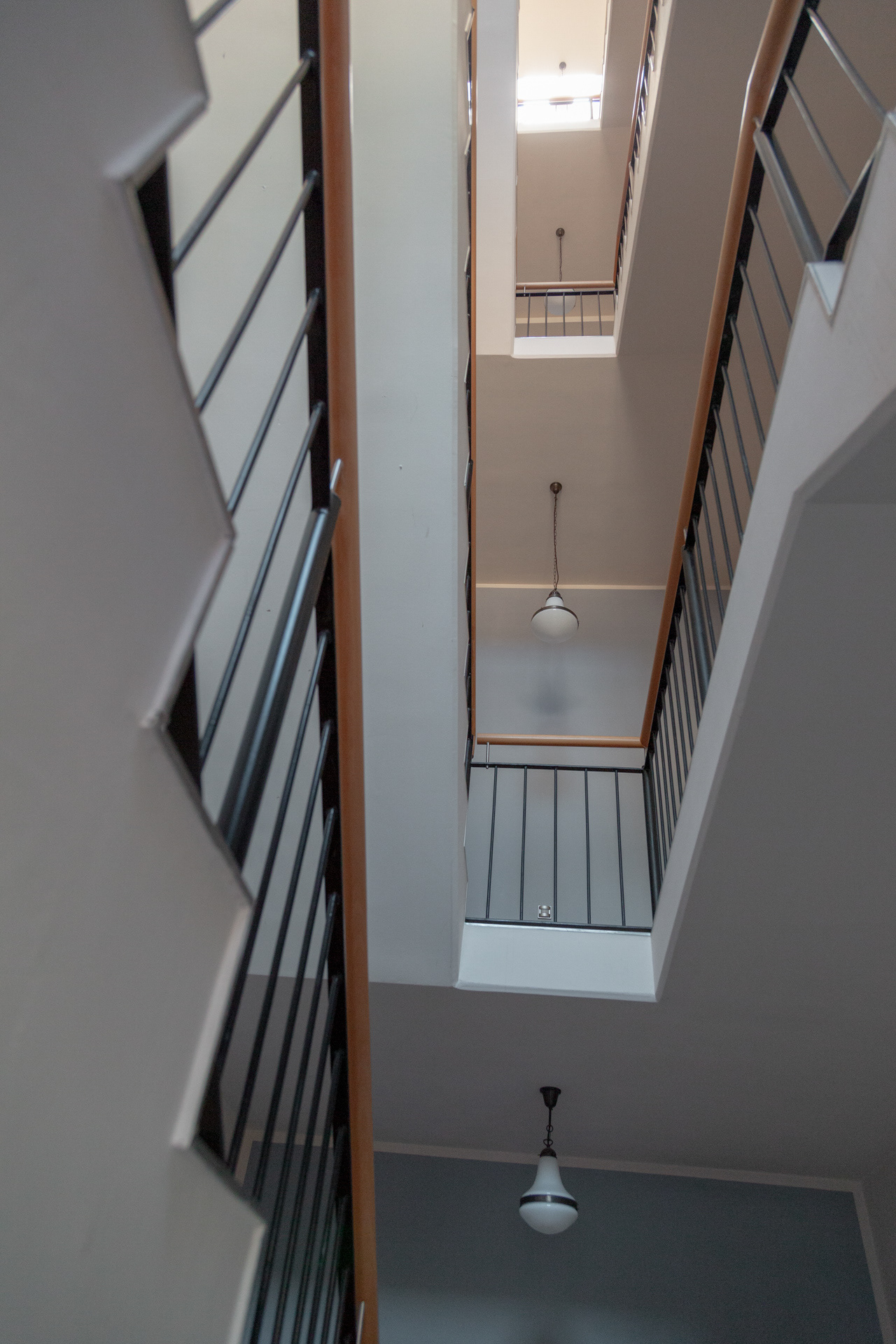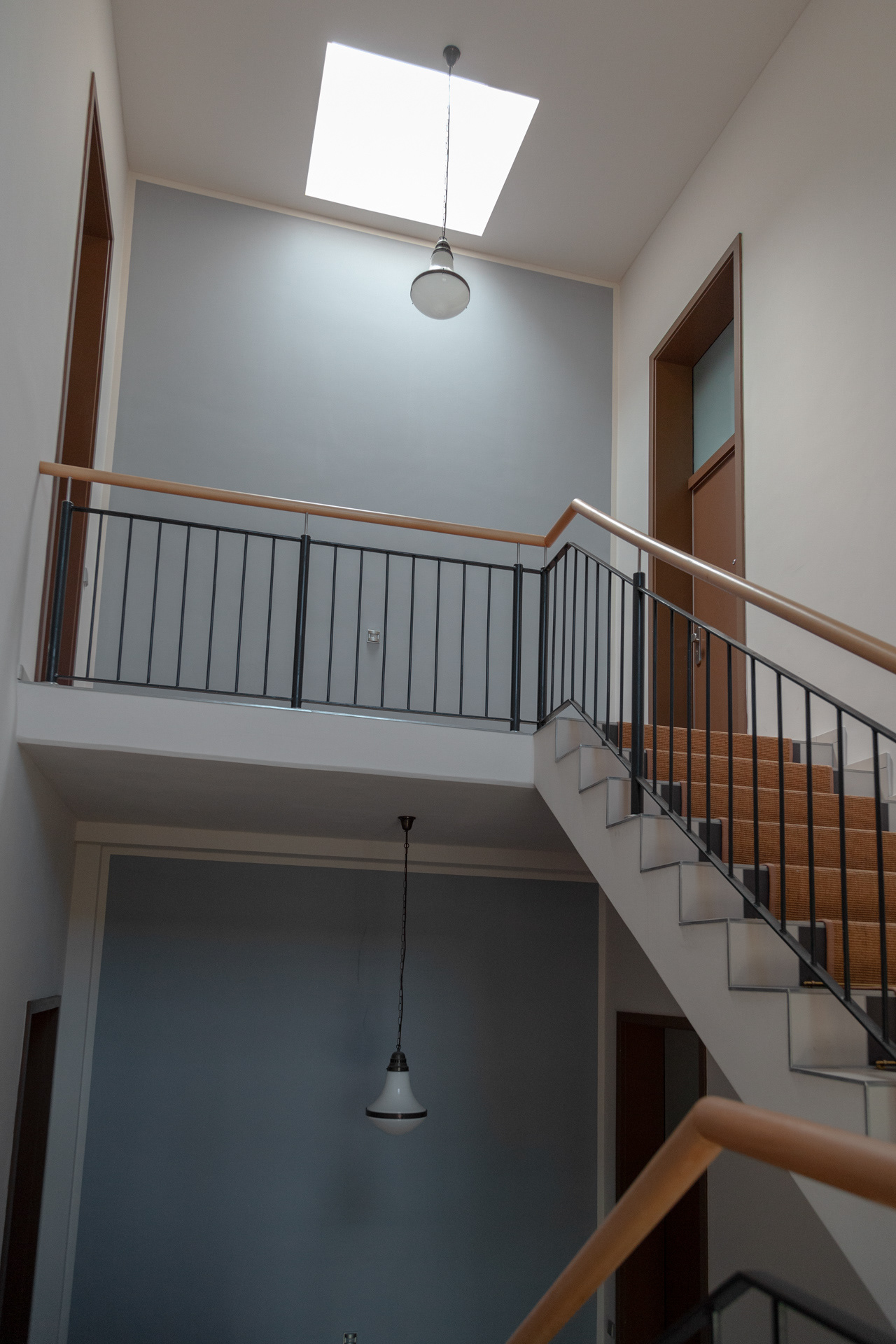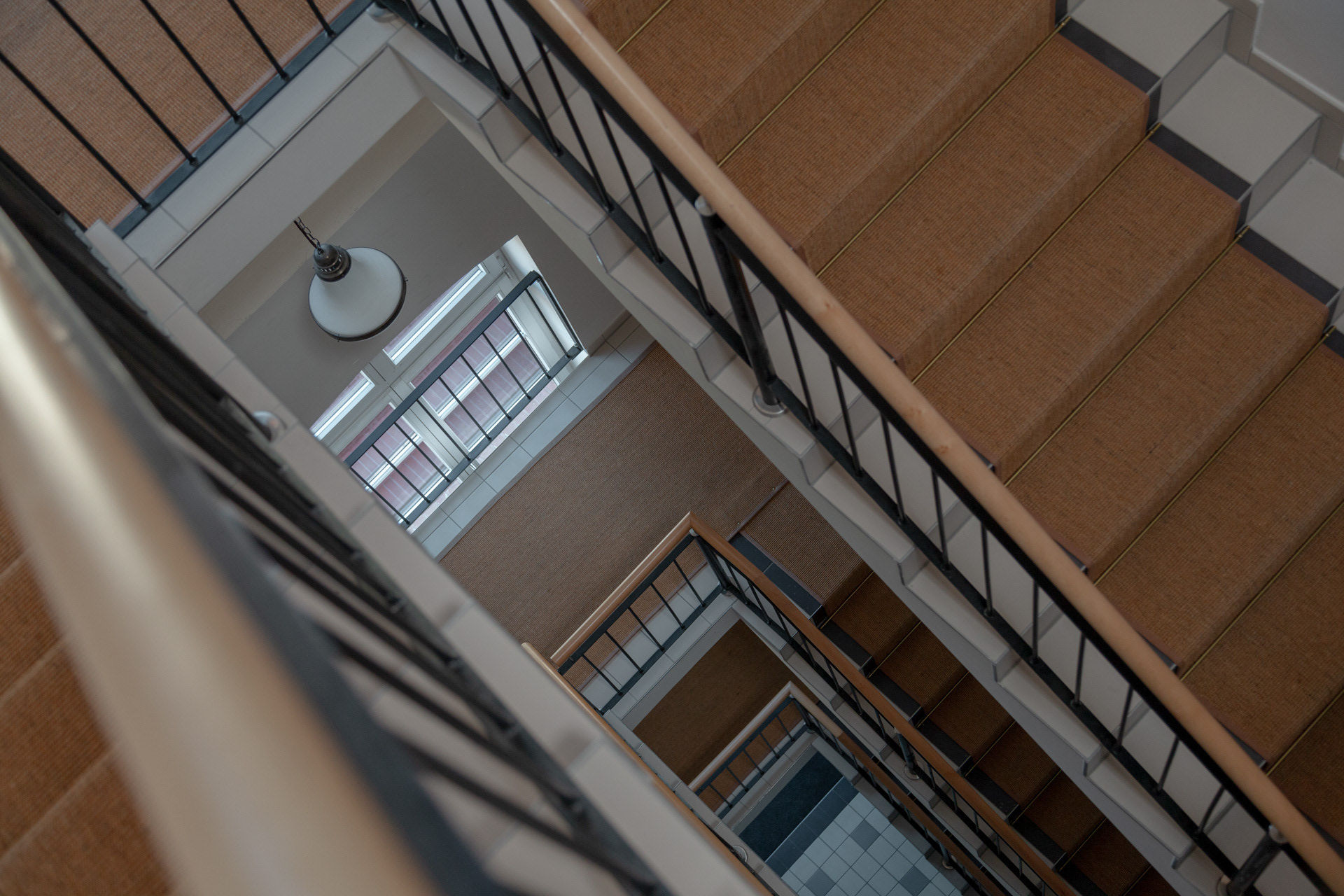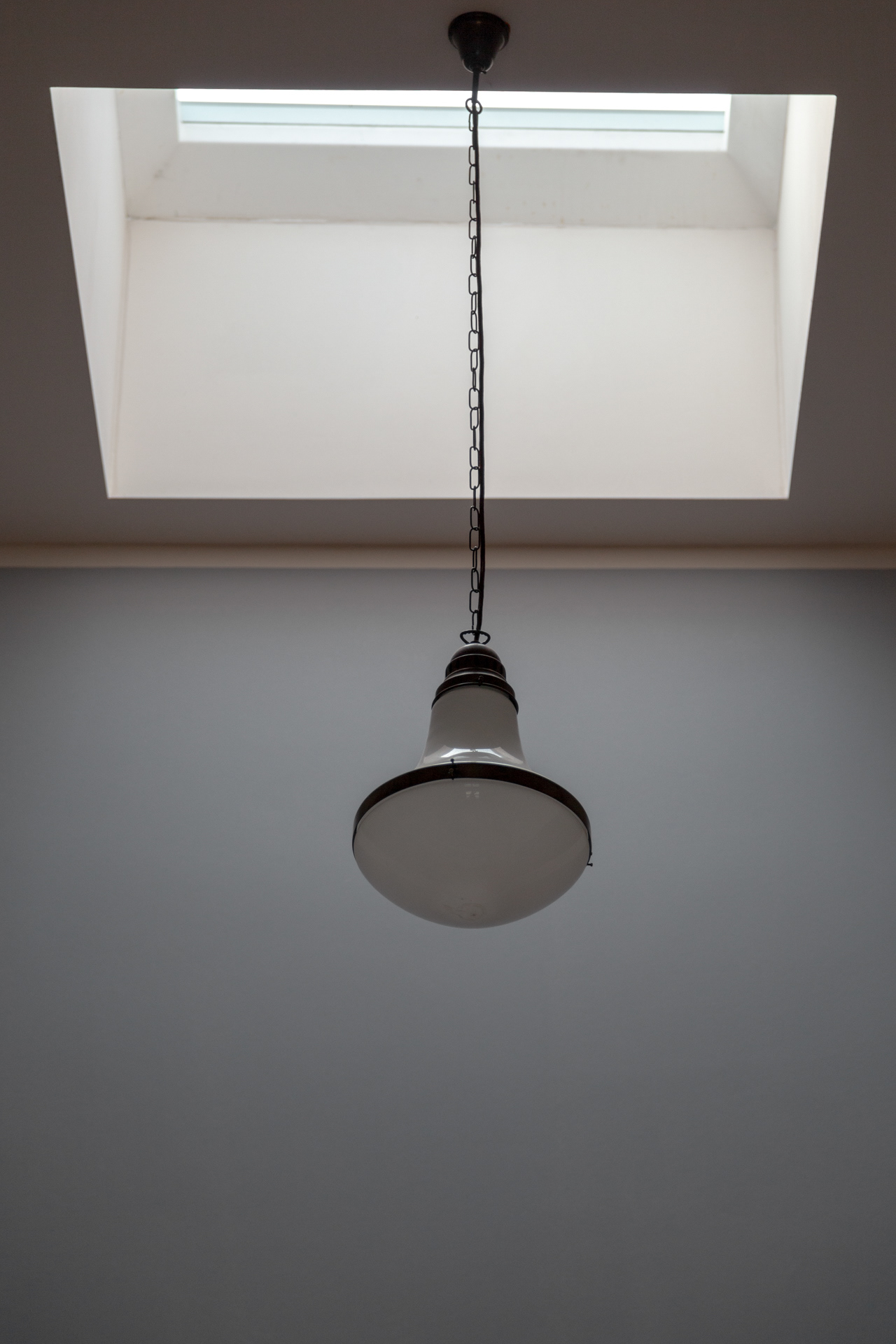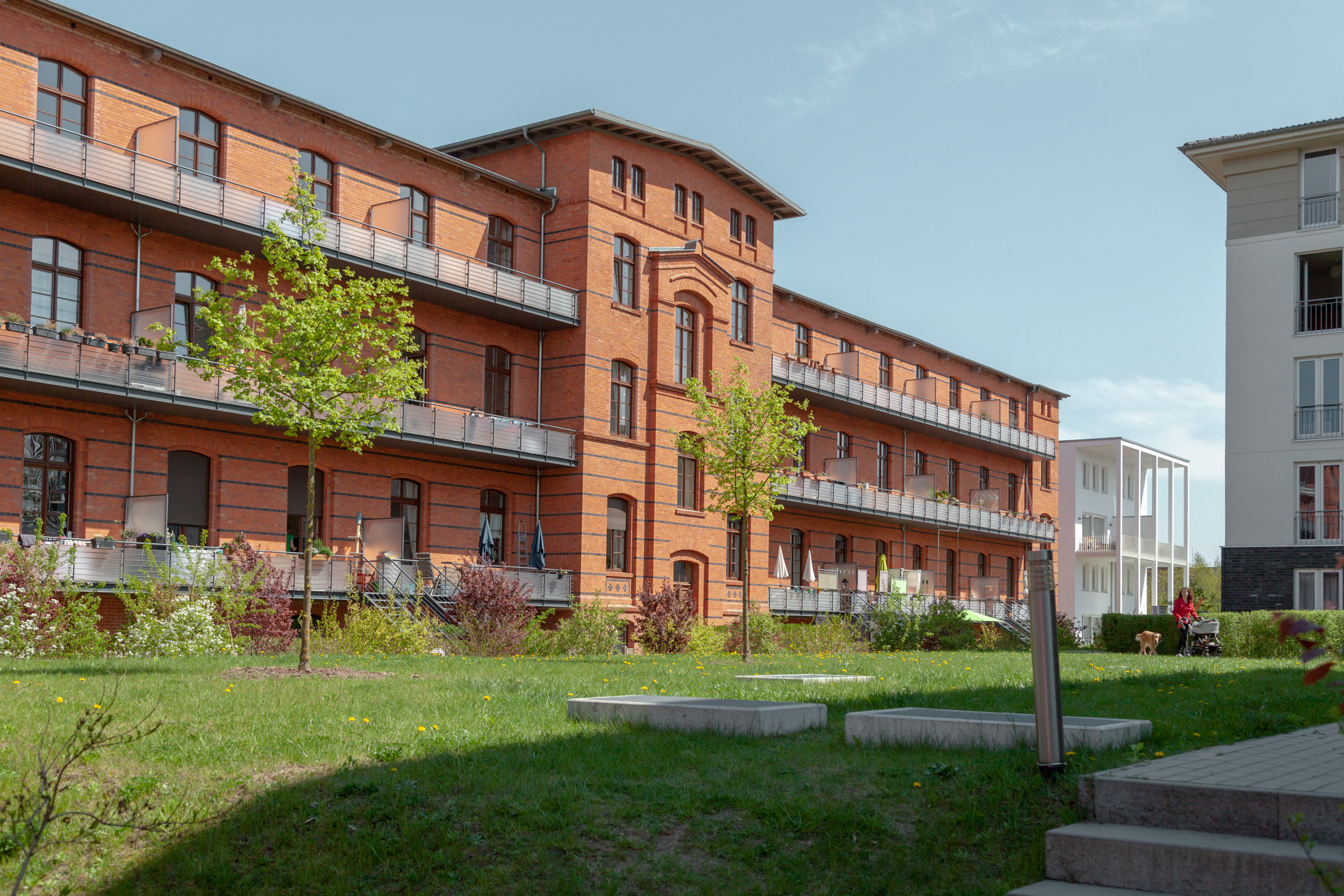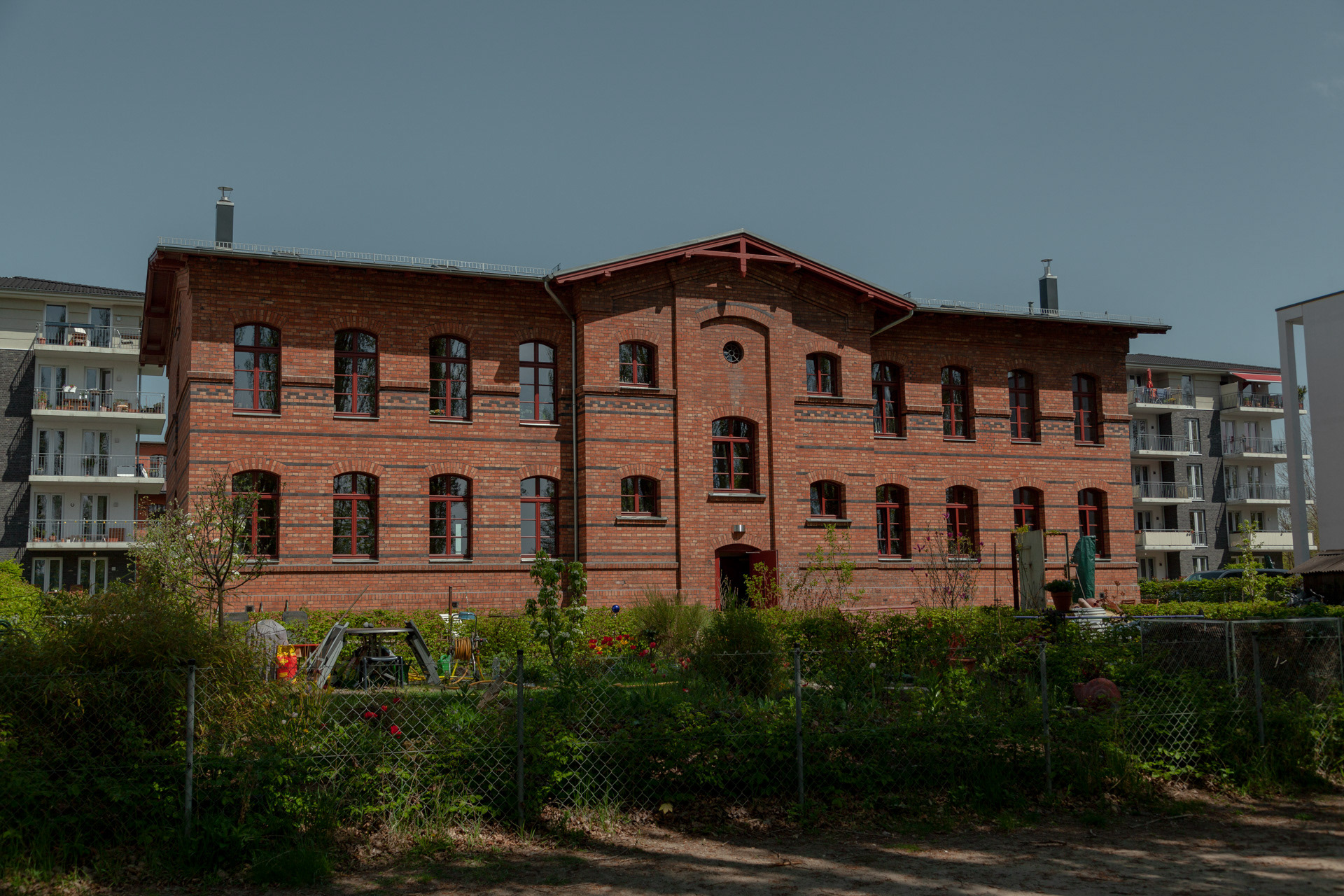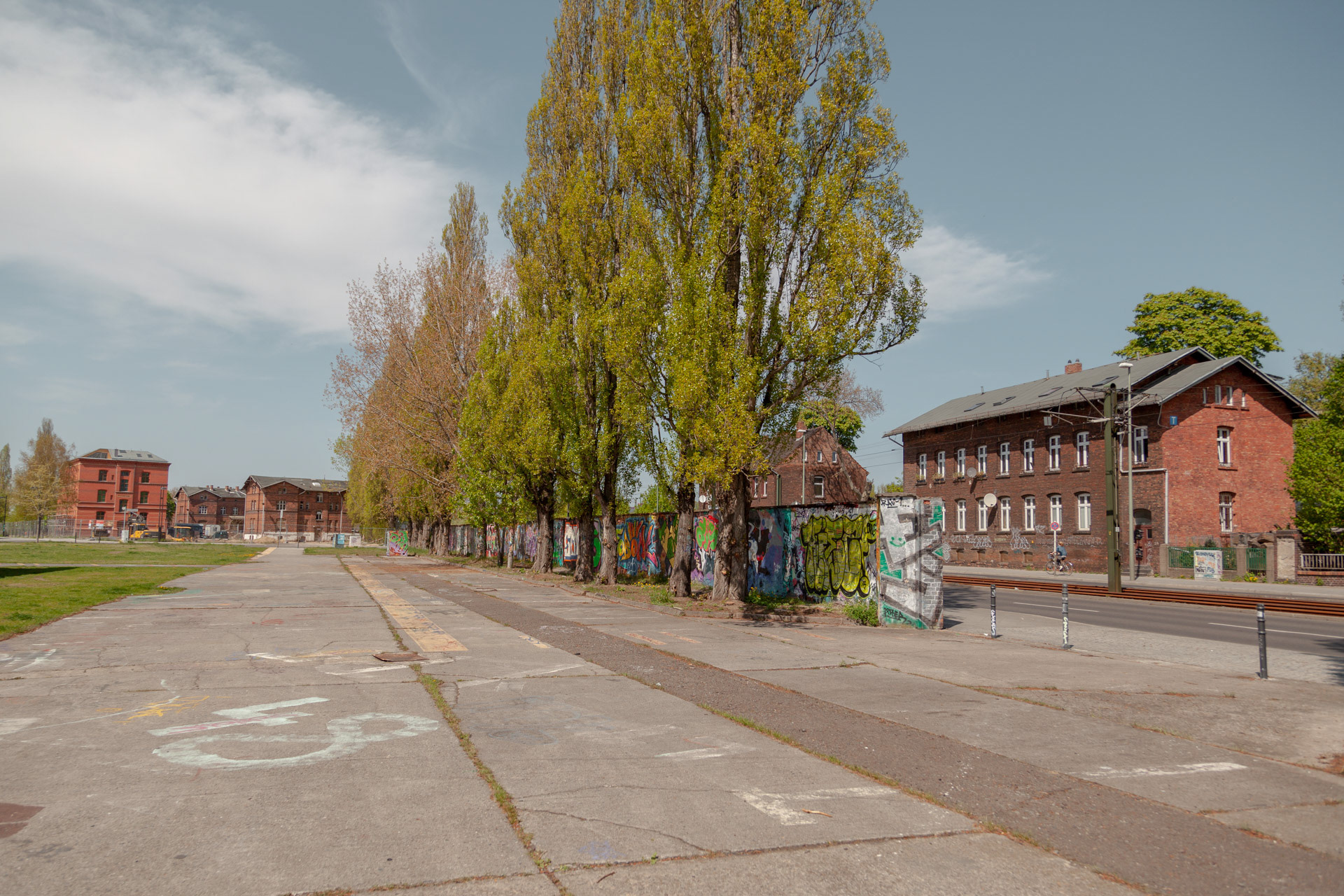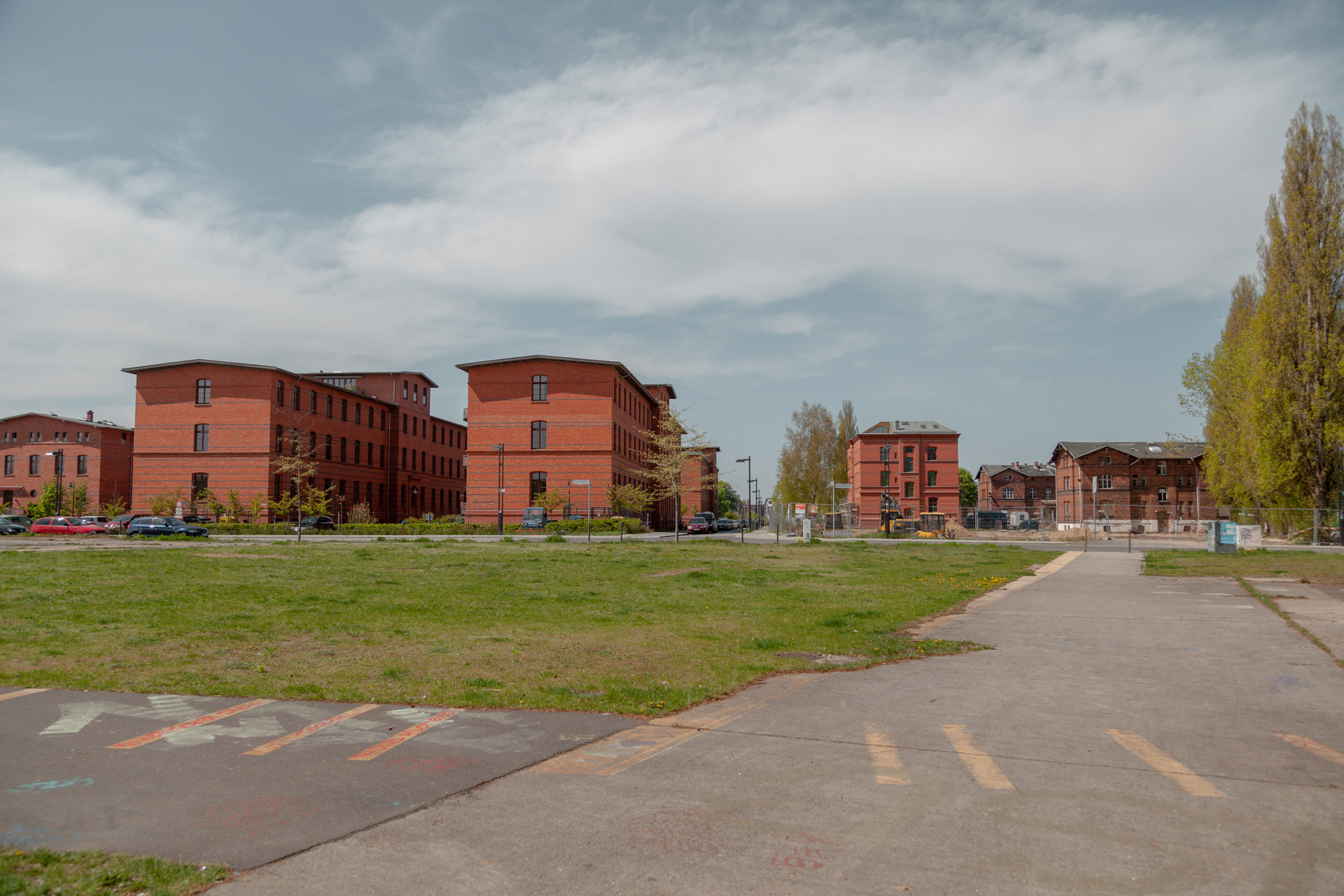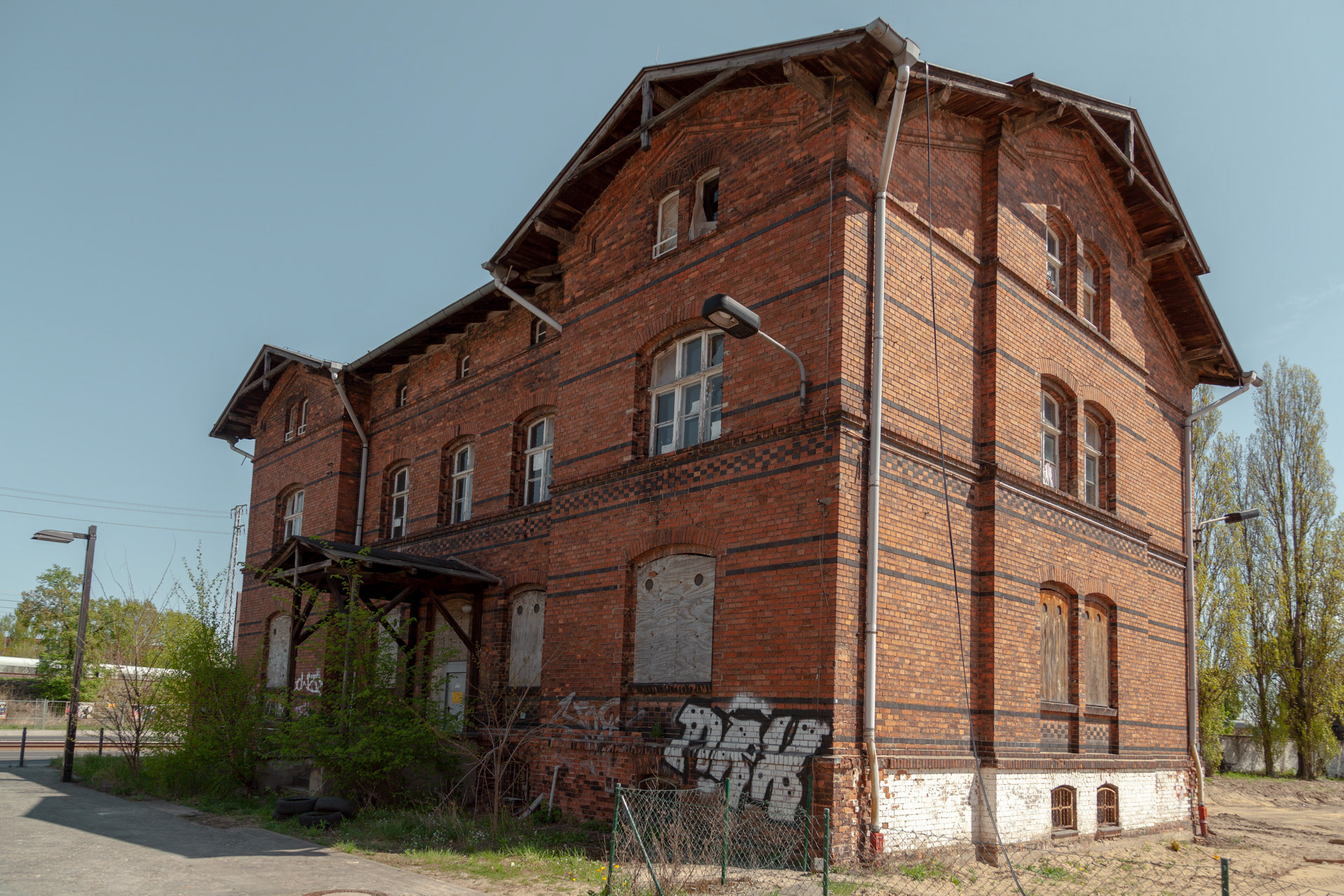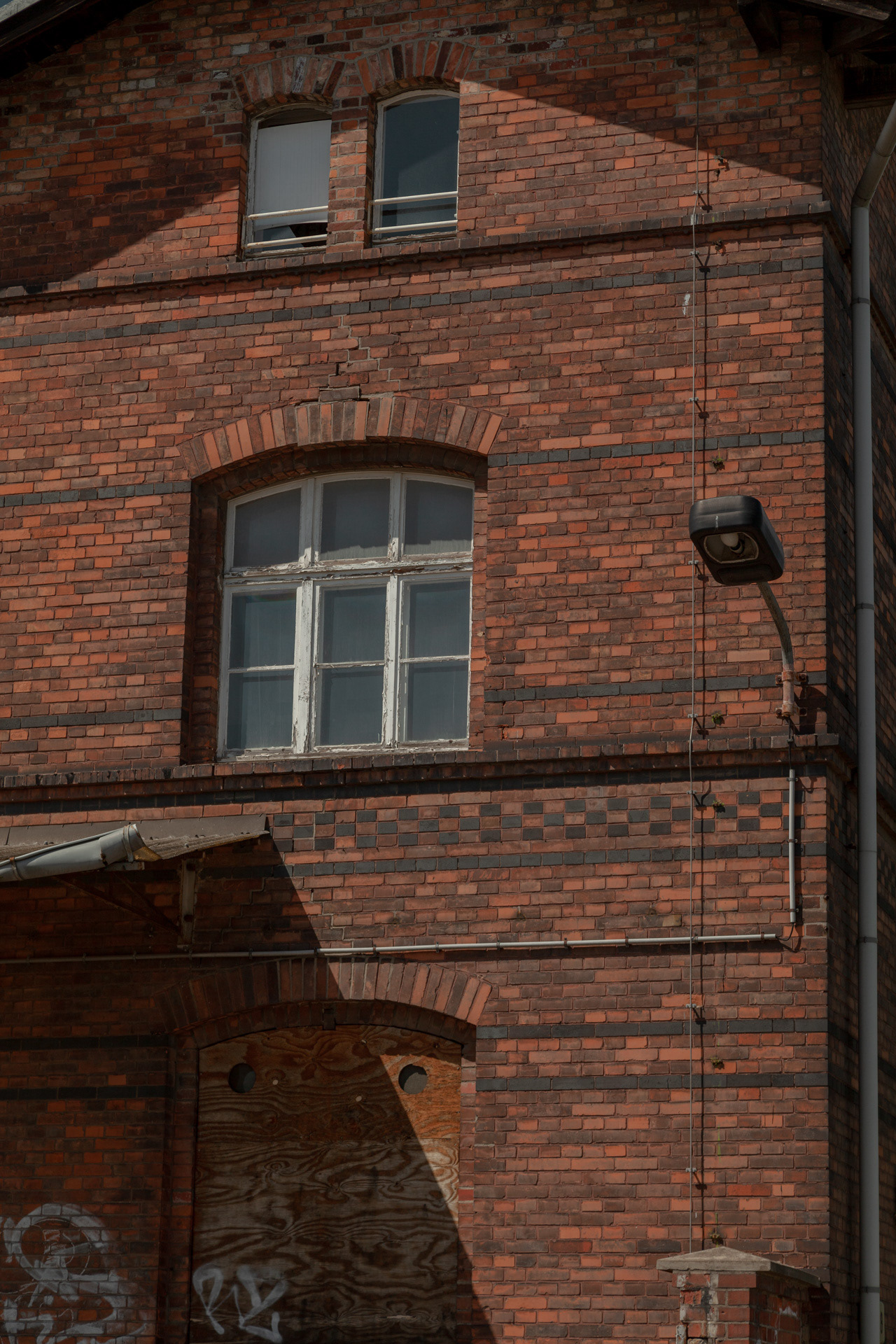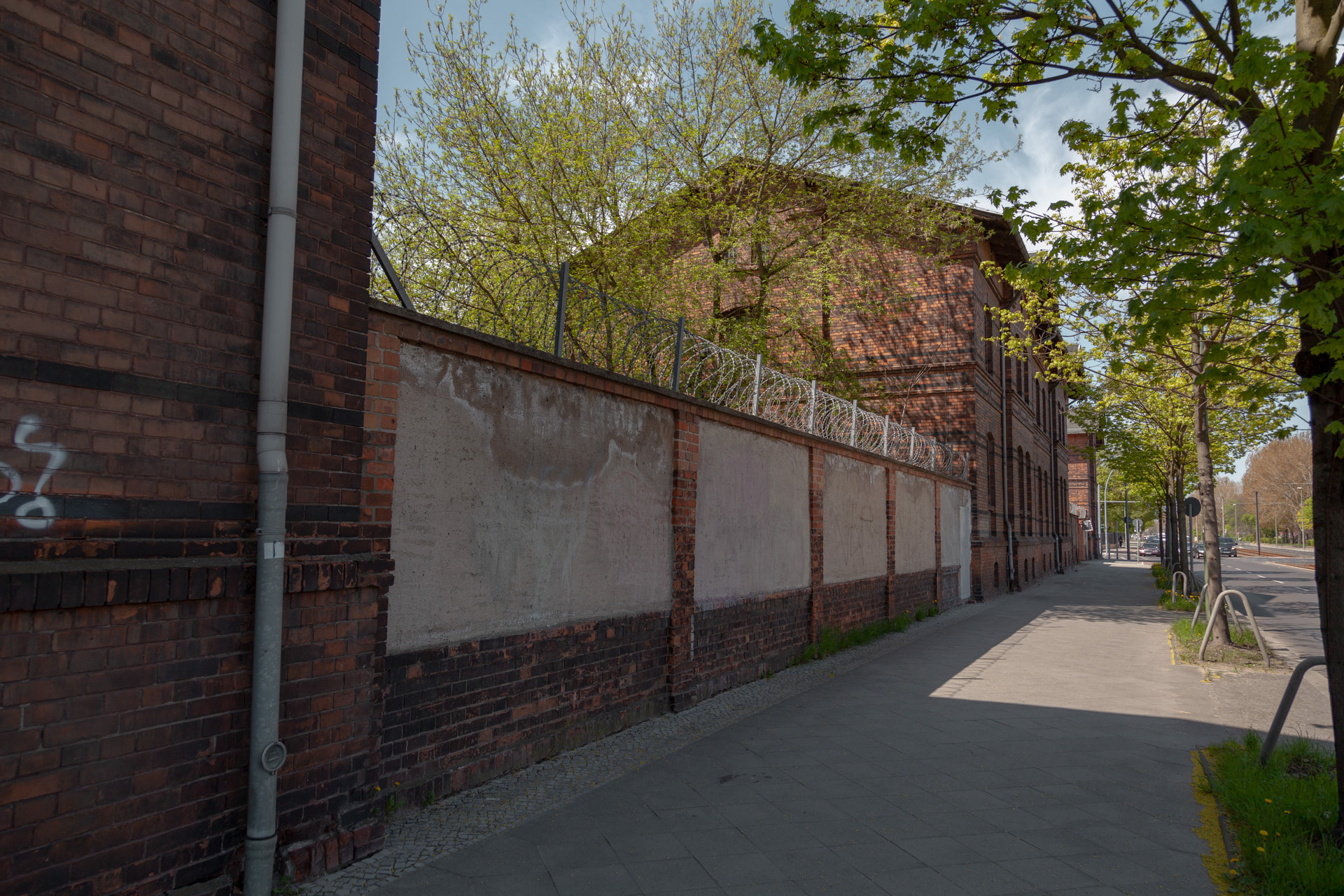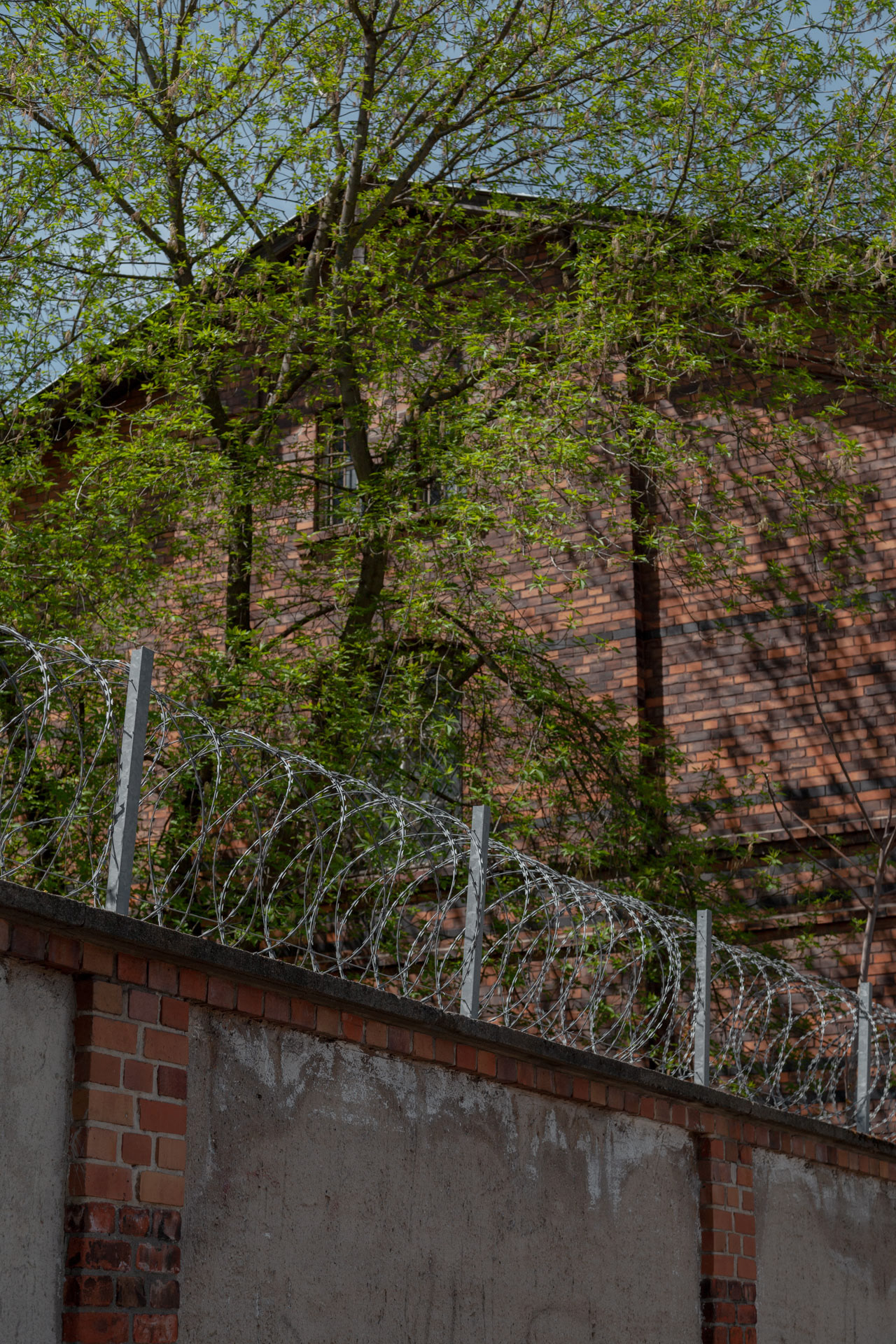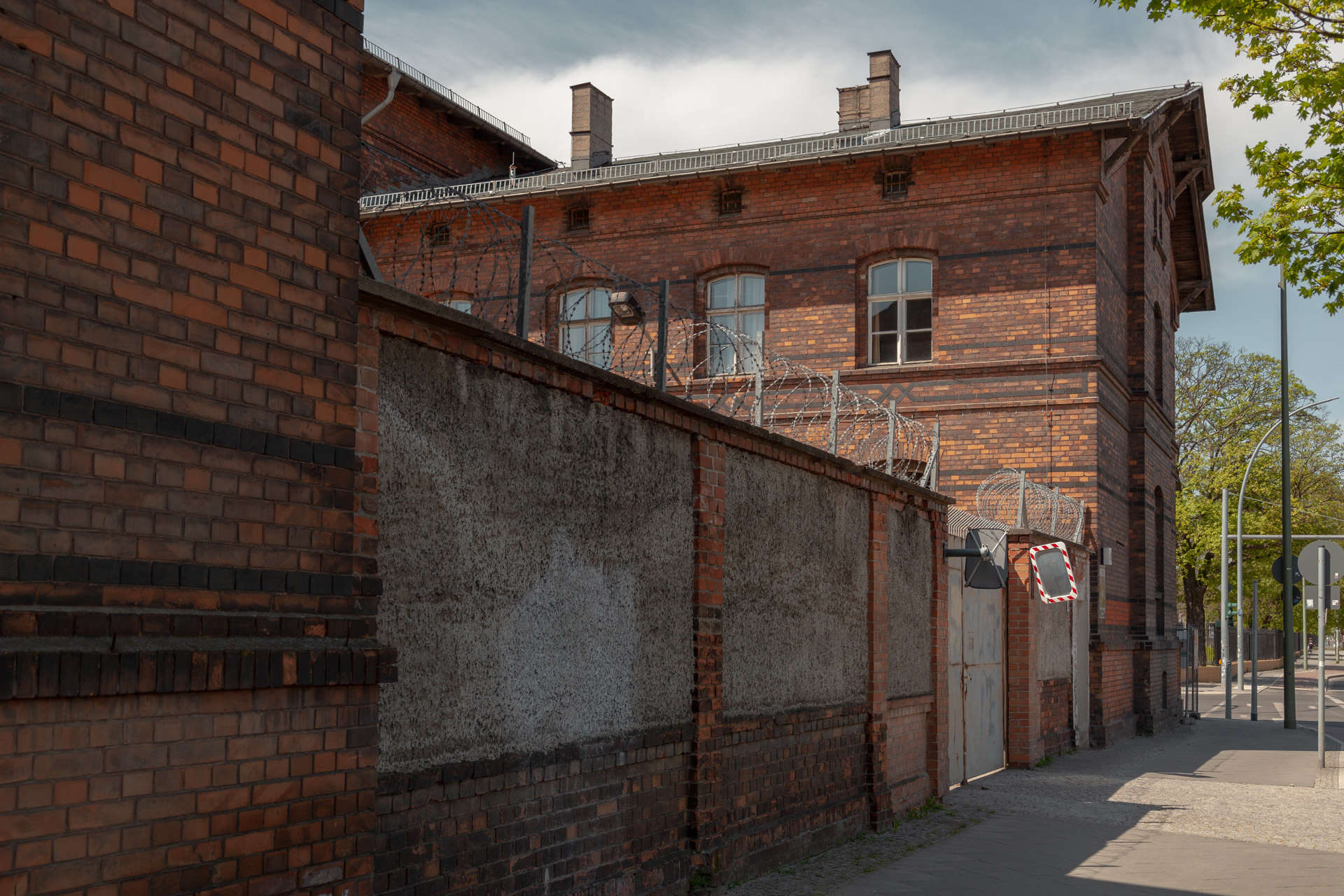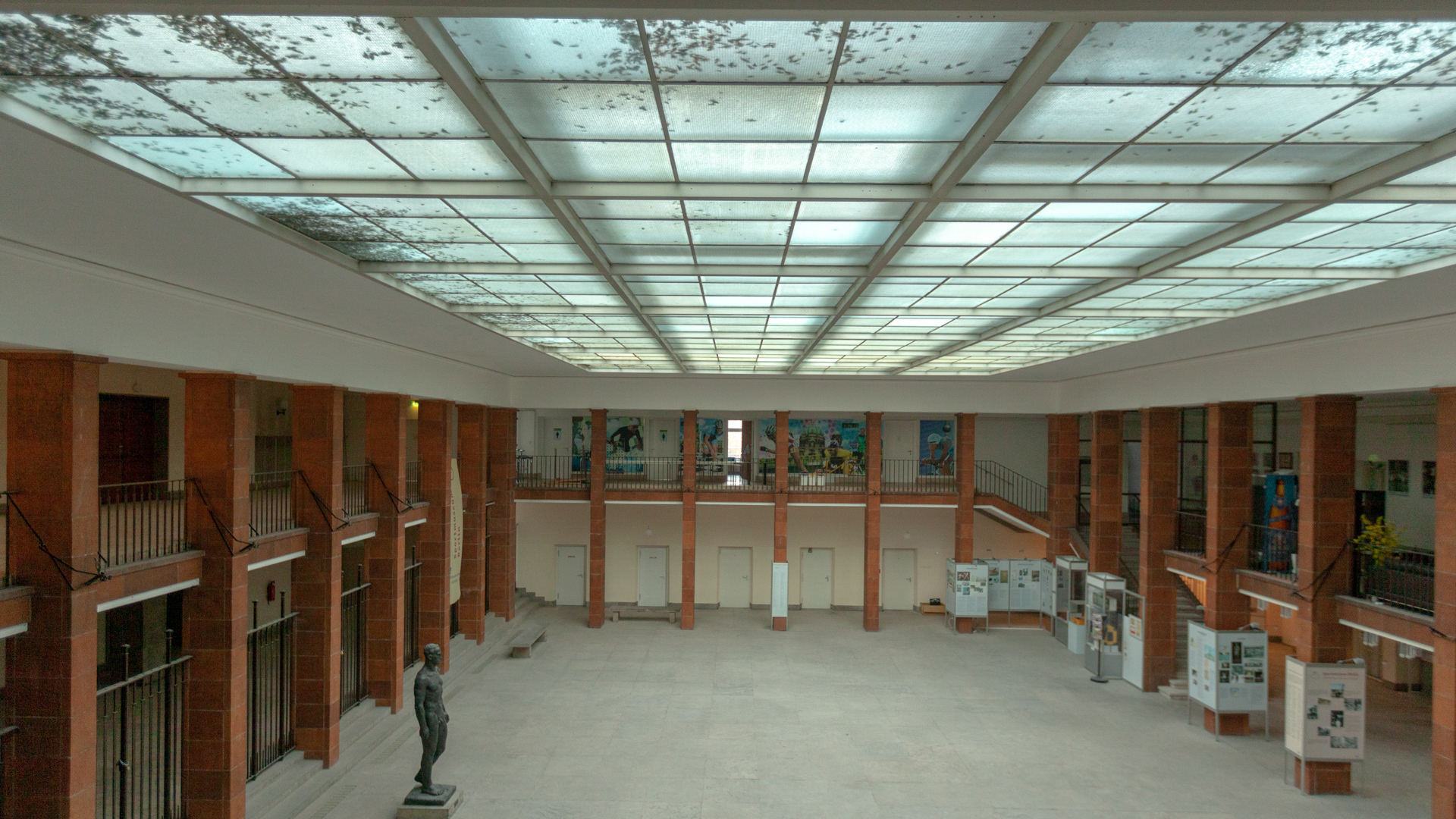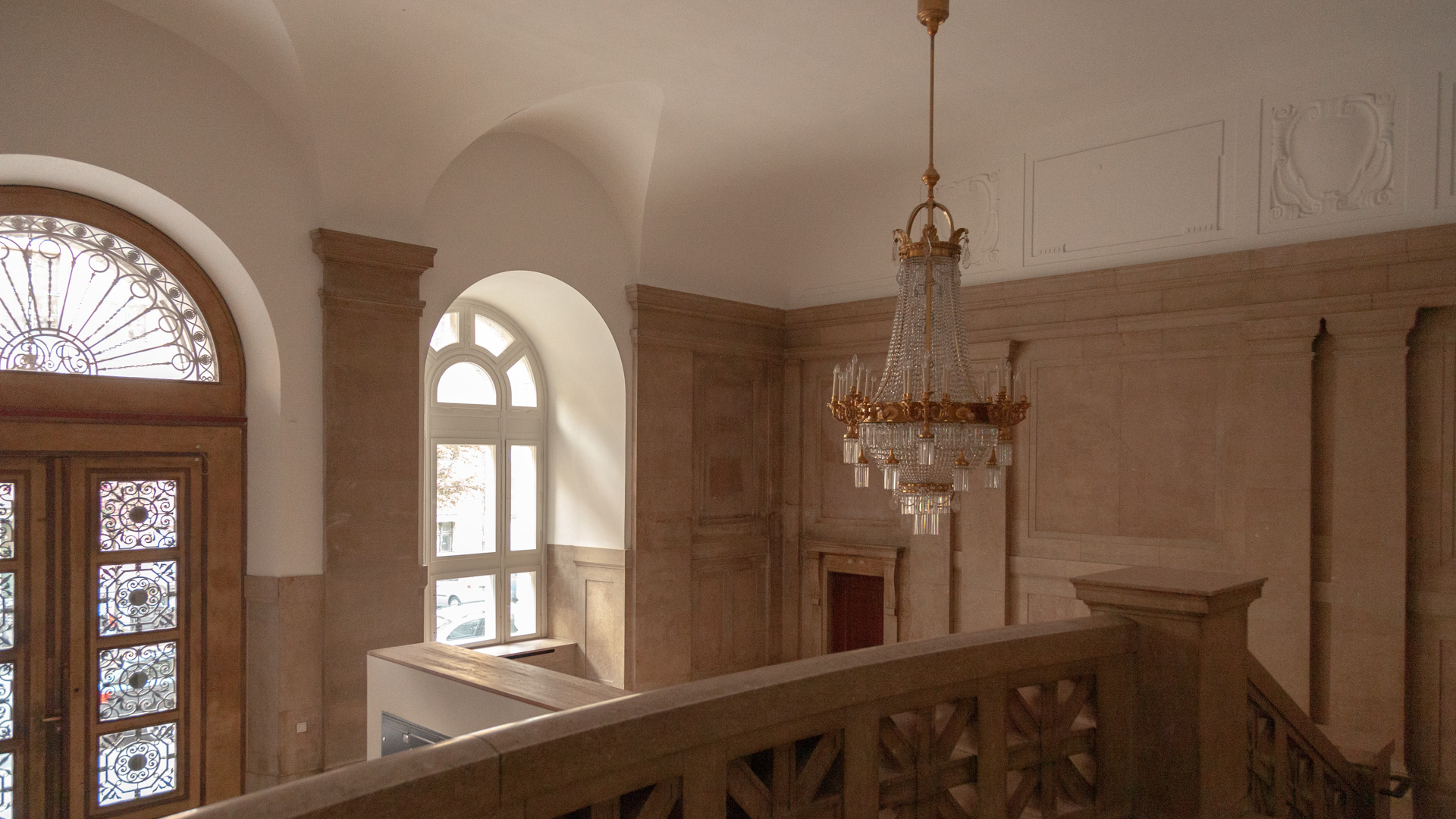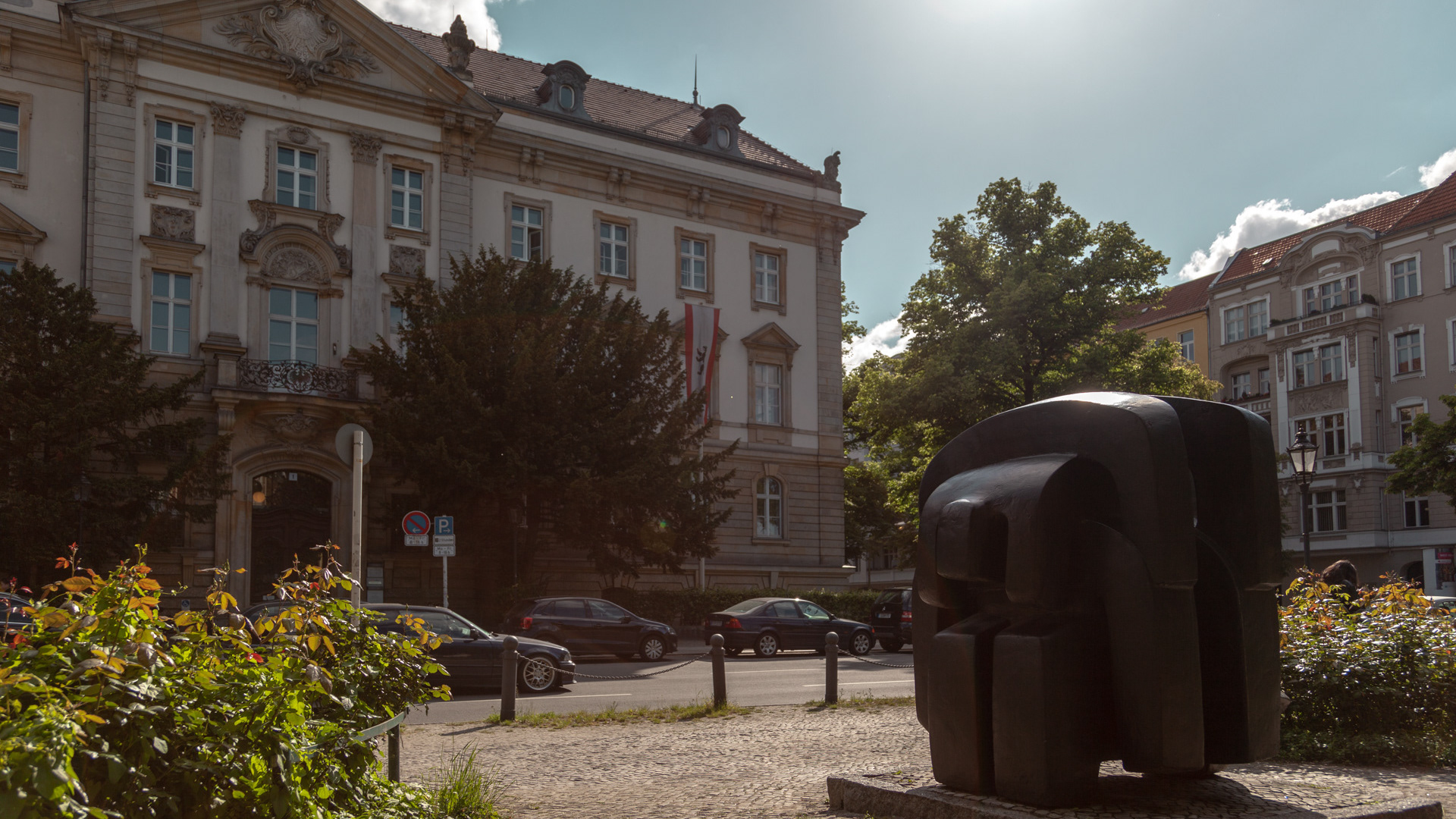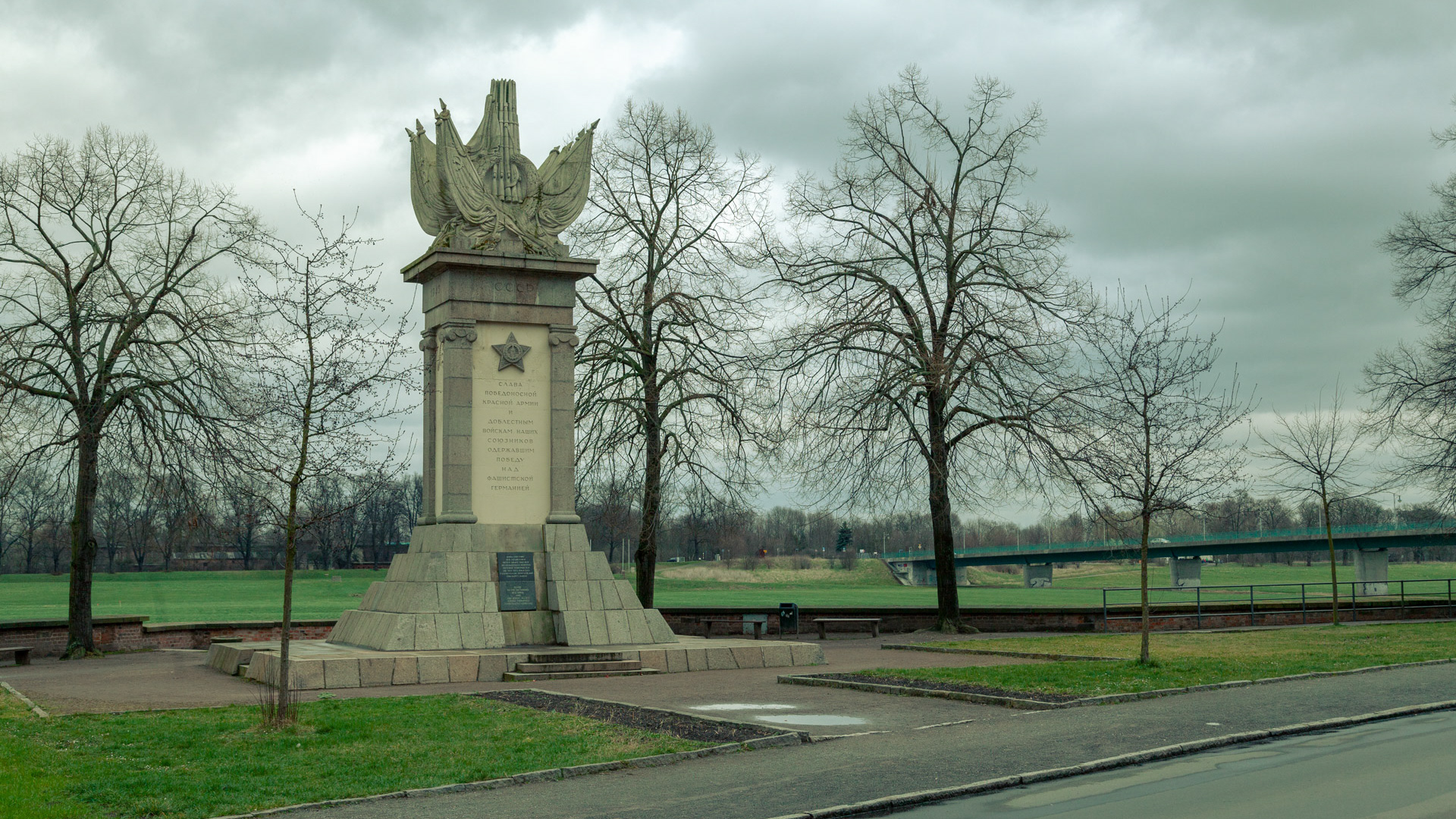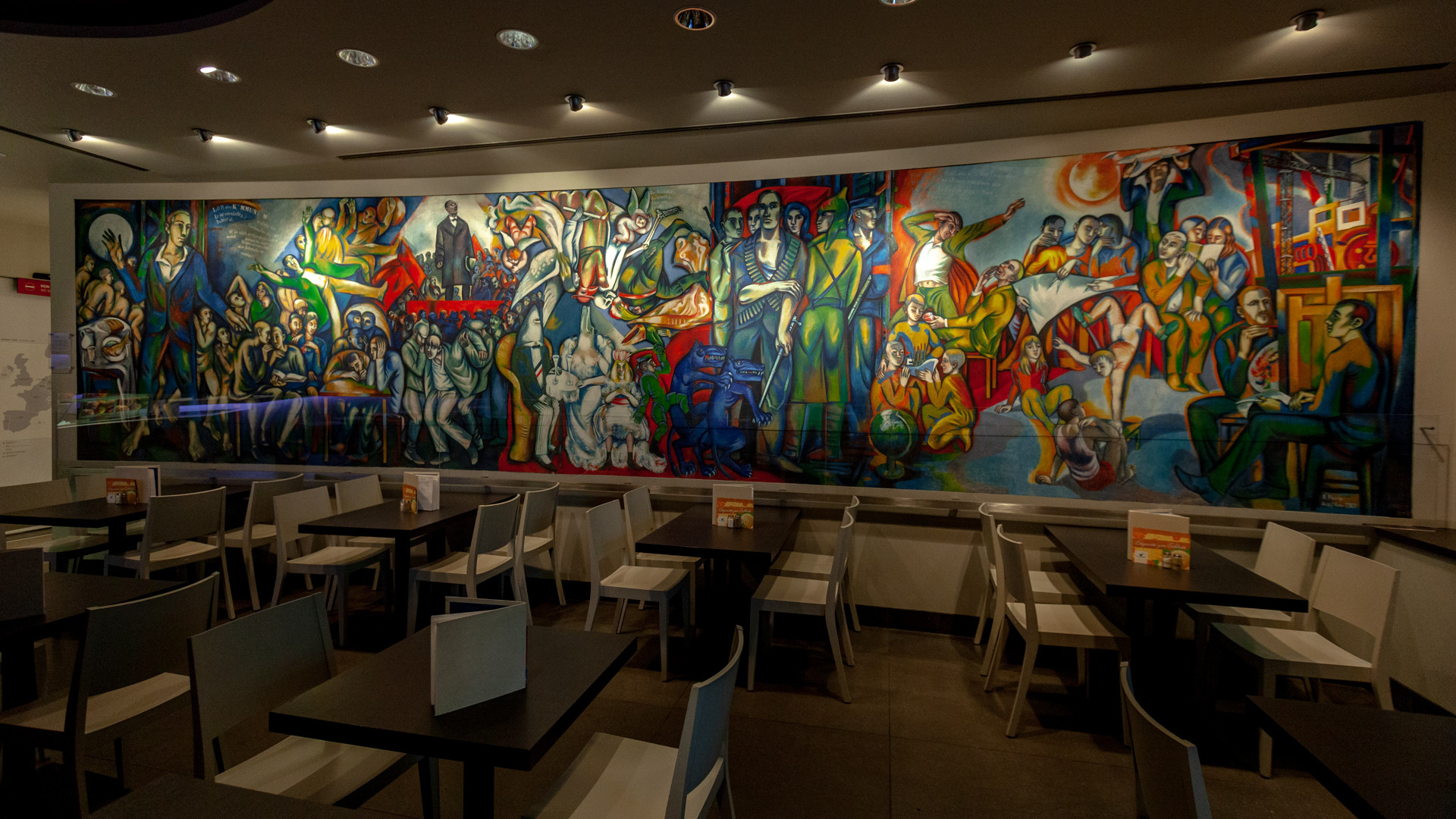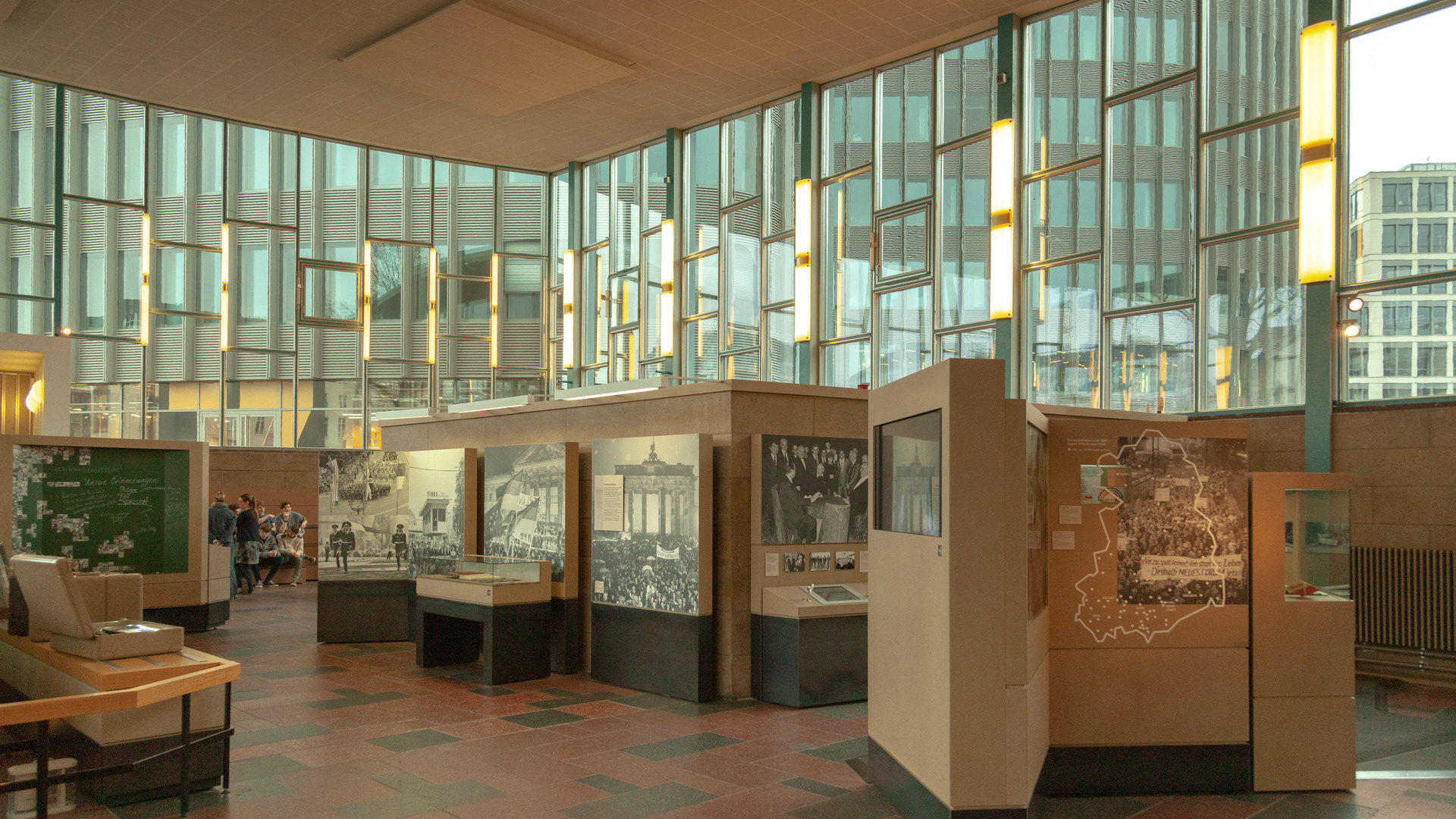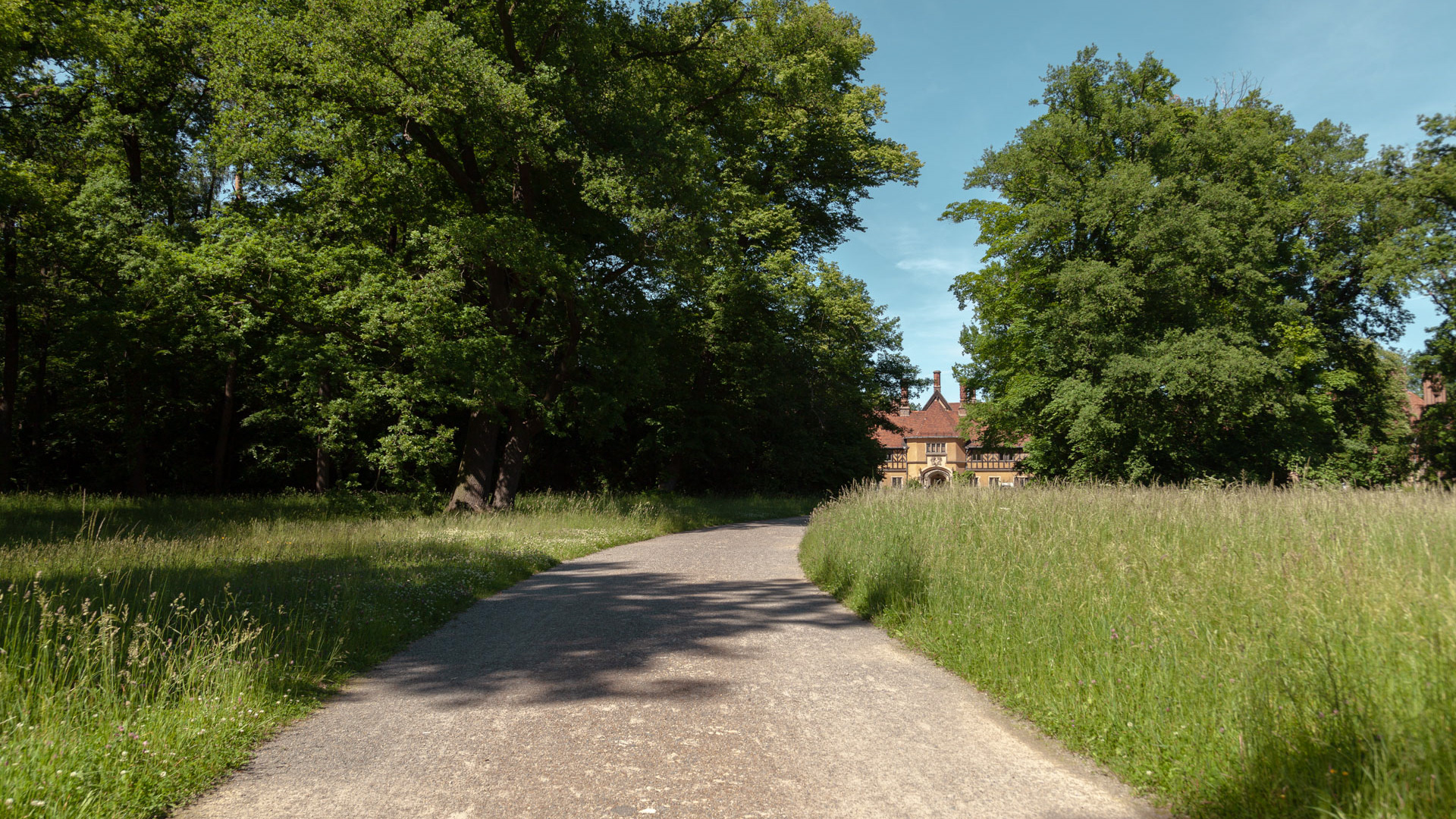This place was once a place for 'Asoziale' people, those who were considered ‘anti-social’ or ‘psychologically deviant’ by the Nazis, but in this definition found place different people: homeless individuals, beggars, vagrants, prostitutes, delinquent men and women, or those merely deemed ‘work-shy’, homosexuals and jewish.
Already in the 19th Century, Rummelsburg’s occupants of these structures generally came from the fringes of society and were detained here with the aim of forcing them to conform to social norms through a regime of “work and strict discipline”.
The Nazis’ rise to power in 1933 and their subsequent policy of marginalizing and persecuting minorities represented a rupture in human civilization. The pressure exerted on the homeless and those stigmatized as ‘anti-social’ or ‘psychologically deviant’ increased dramatically.
Research on the situation at the institution during the Nazi era is still on-going, but occupants are known to have been forcibly sterilized in accordance with the regime’s Law for the Prevention of Genetically Diseased Offspring. Nearly 2,000 individuals are known to have been detained here in 1940 – in early 1942 just 1,400 remained - part of the Nazi regime’s murderous ‘euthanasia’ programme, also known as Operation T4.
With the end of WWII, the use of the building in Rummelsburg not changed fundamentally: the DDR held here until 1951 a workhouse, then the complex was used as a regular prison, which had until 1989/90. Today on the Rummelsburger bay created demand for flats and townhouses . Even some prison houses have been converted into luxury apartments.
Already in the 19th Century, Rummelsburg’s occupants of these structures generally came from the fringes of society and were detained here with the aim of forcing them to conform to social norms through a regime of “work and strict discipline”.
The Nazis’ rise to power in 1933 and their subsequent policy of marginalizing and persecuting minorities represented a rupture in human civilization. The pressure exerted on the homeless and those stigmatized as ‘anti-social’ or ‘psychologically deviant’ increased dramatically.
Research on the situation at the institution during the Nazi era is still on-going, but occupants are known to have been forcibly sterilized in accordance with the regime’s Law for the Prevention of Genetically Diseased Offspring. Nearly 2,000 individuals are known to have been detained here in 1940 – in early 1942 just 1,400 remained - part of the Nazi regime’s murderous ‘euthanasia’ programme, also known as Operation T4.
With the end of WWII, the use of the building in Rummelsburg not changed fundamentally: the DDR held here until 1951 a workhouse, then the complex was used as a regular prison, which had until 1989/90. Today on the Rummelsburger bay created demand for flats and townhouses . Even some prison houses have been converted into luxury apartments.
